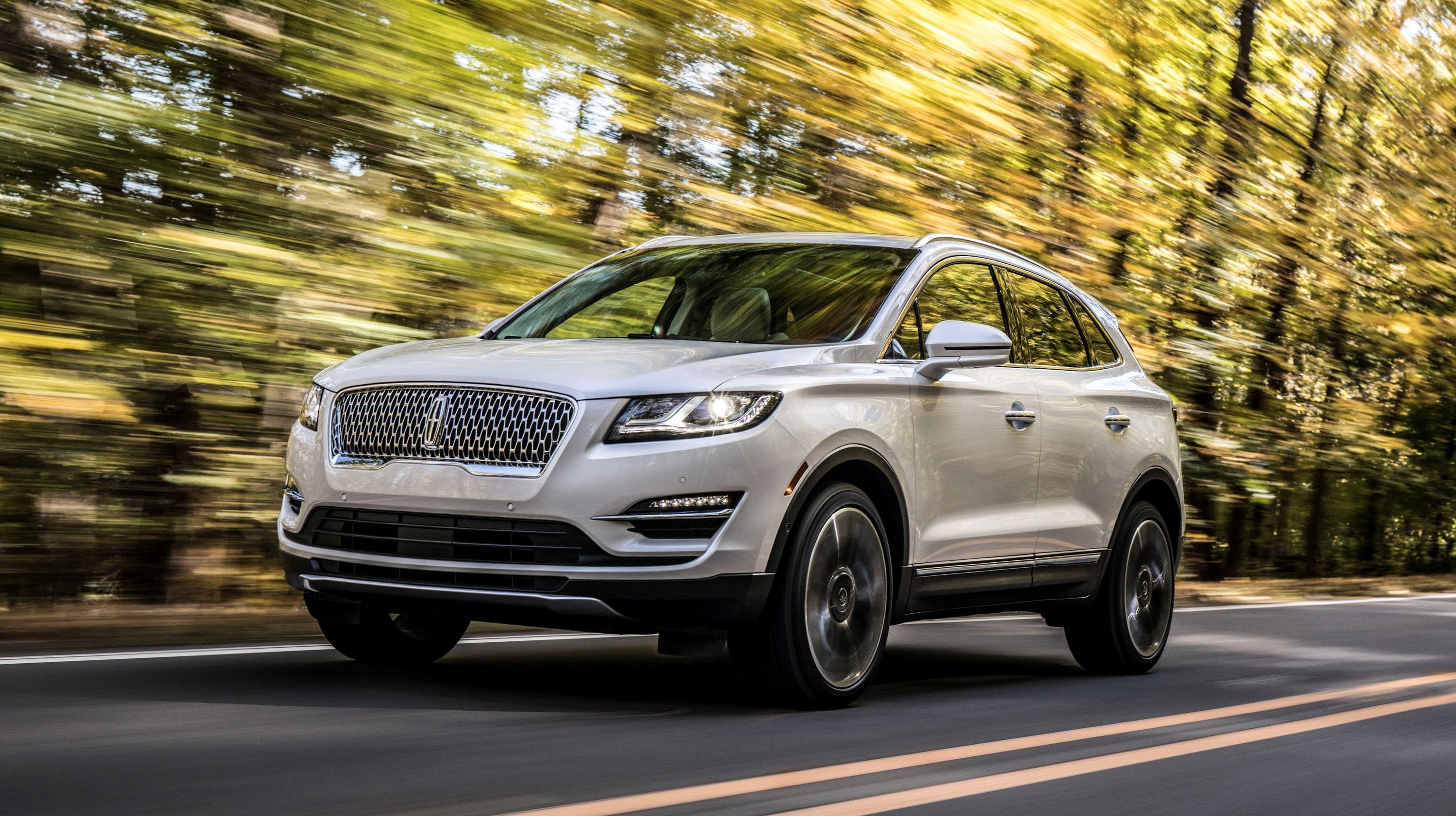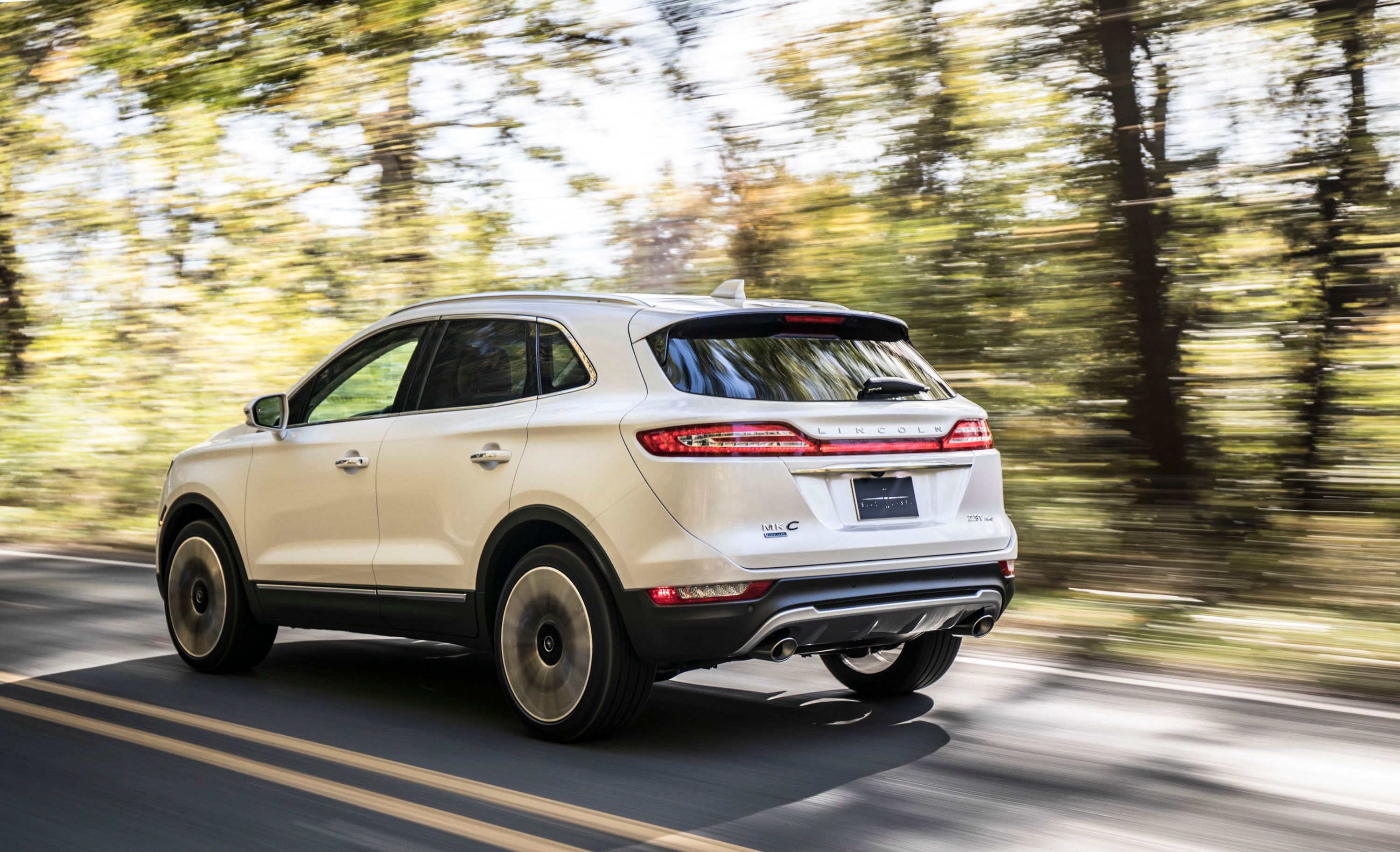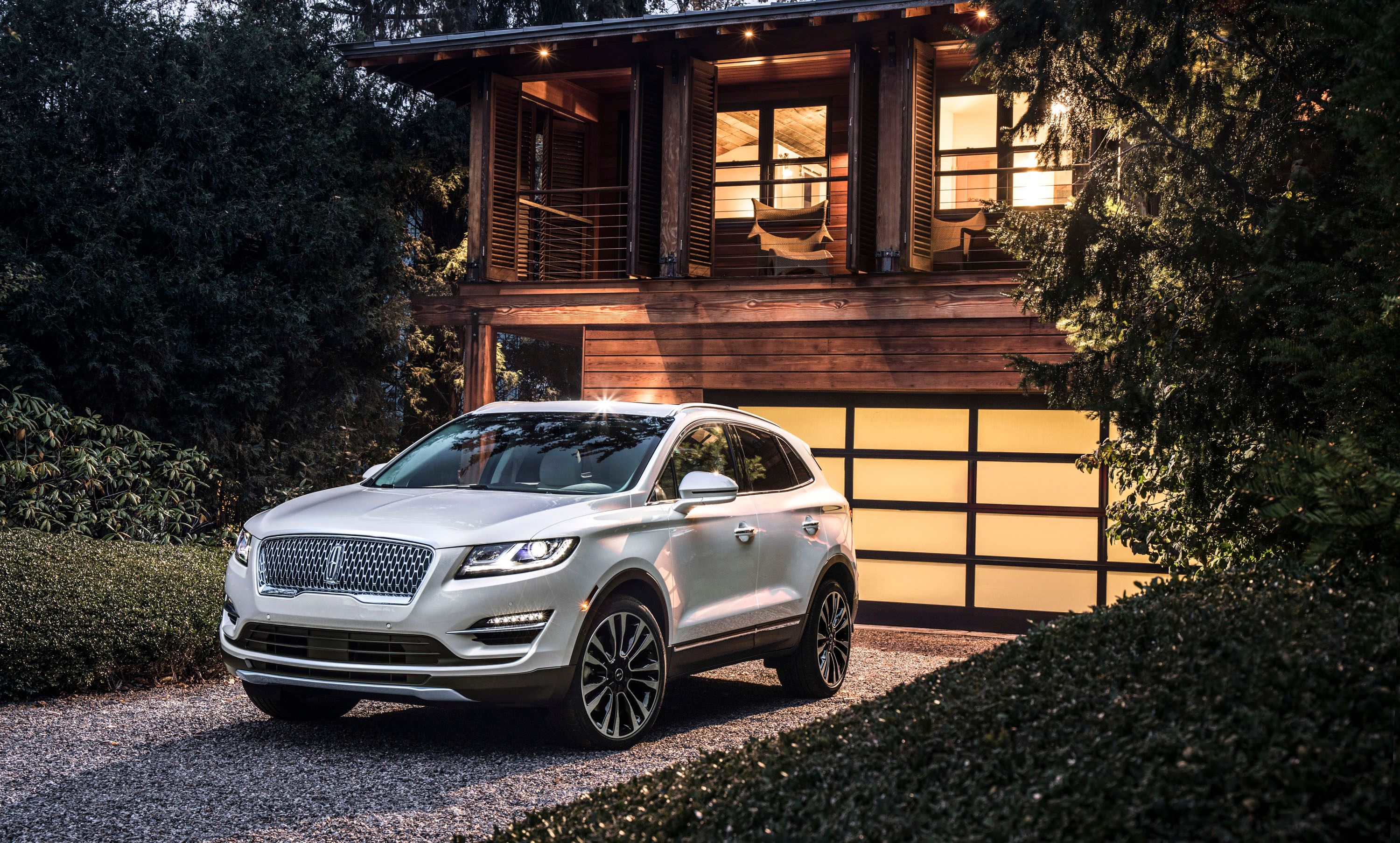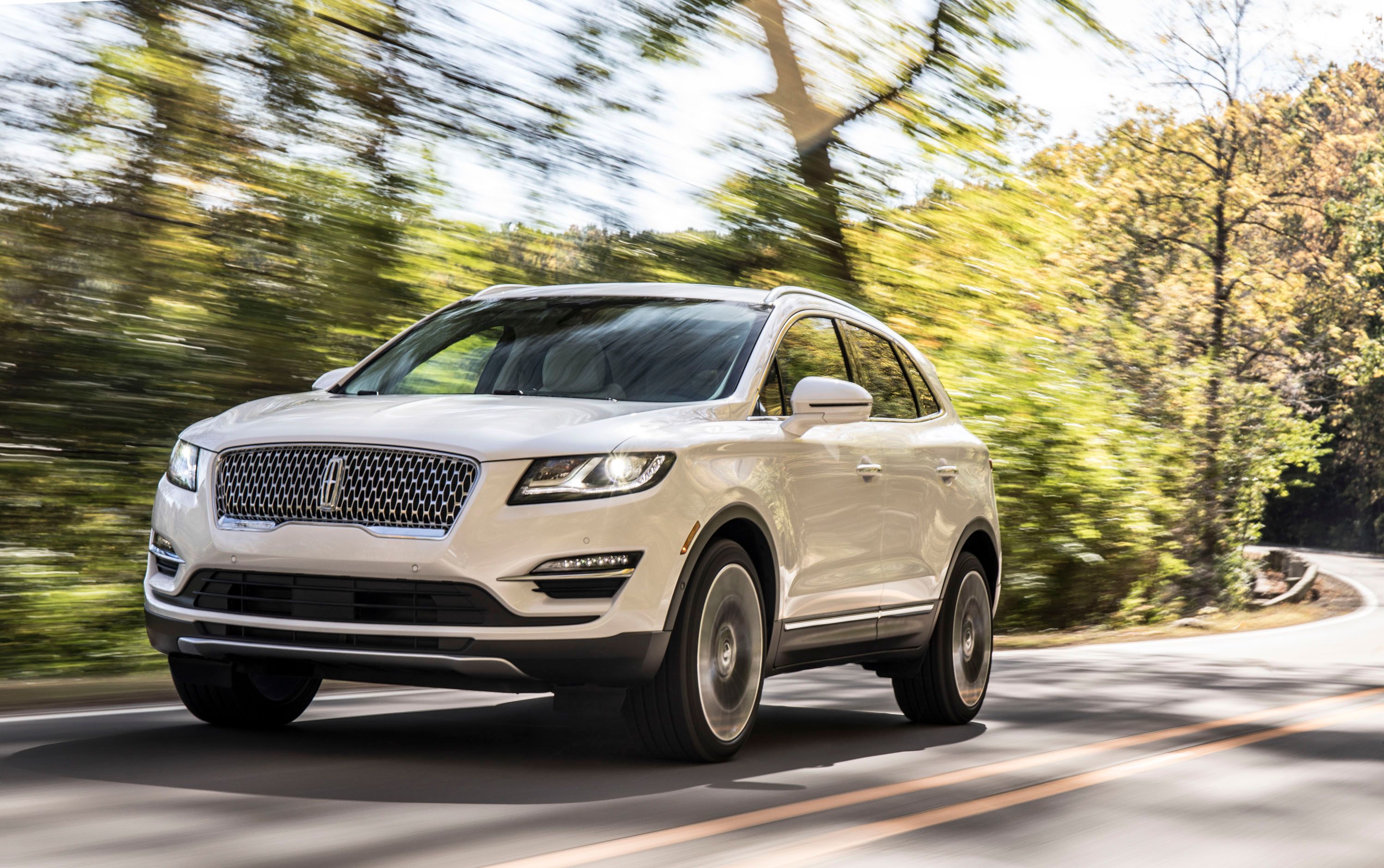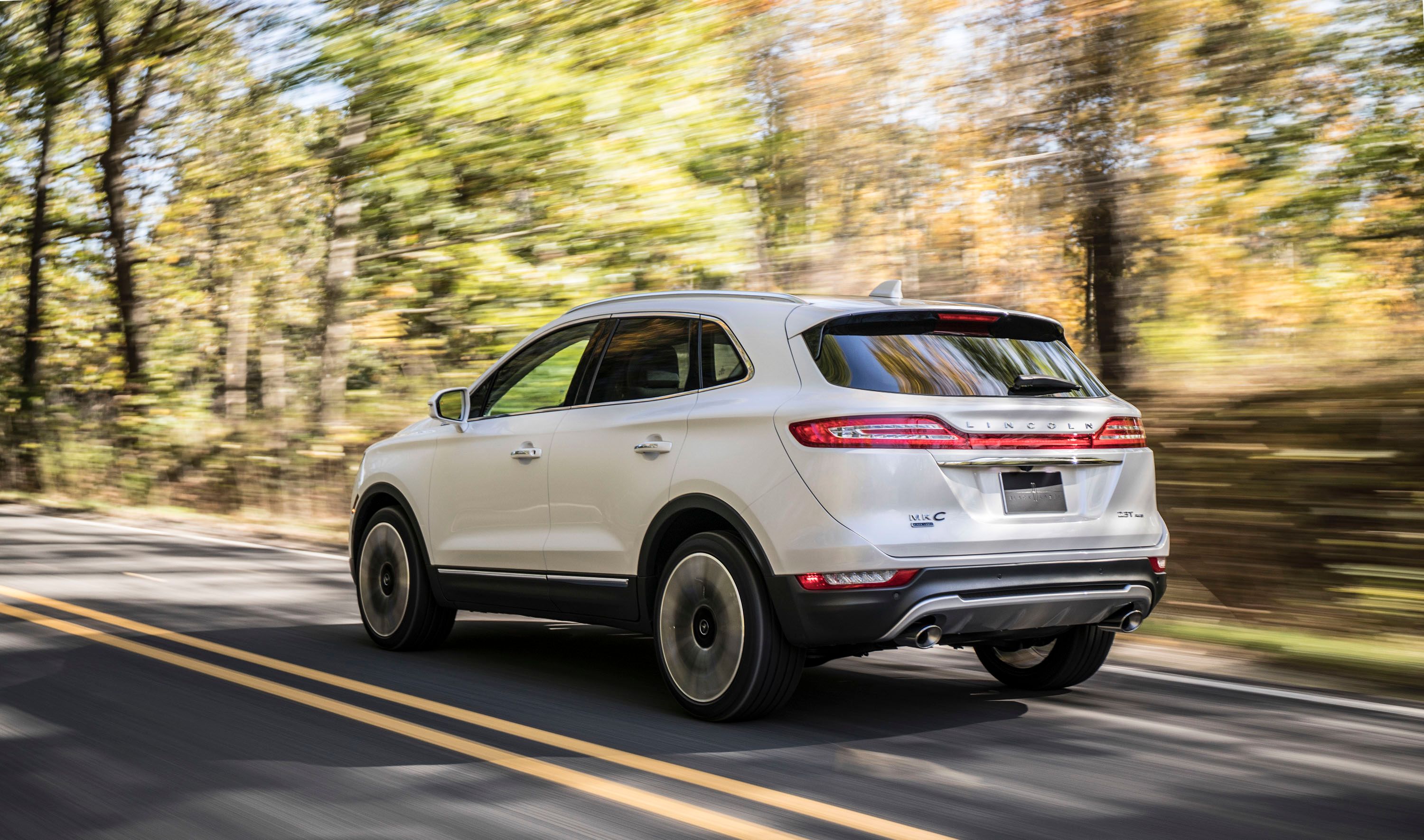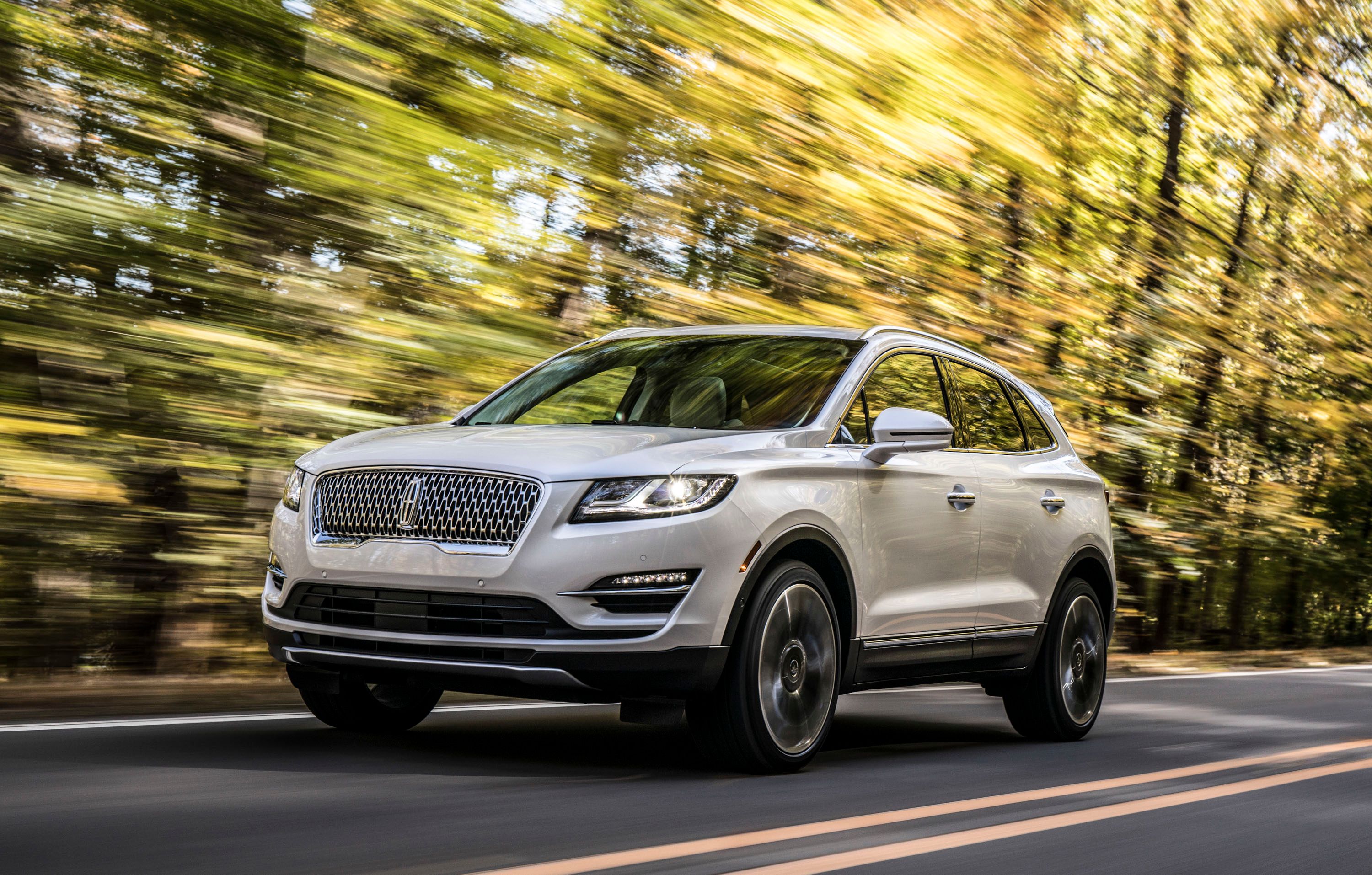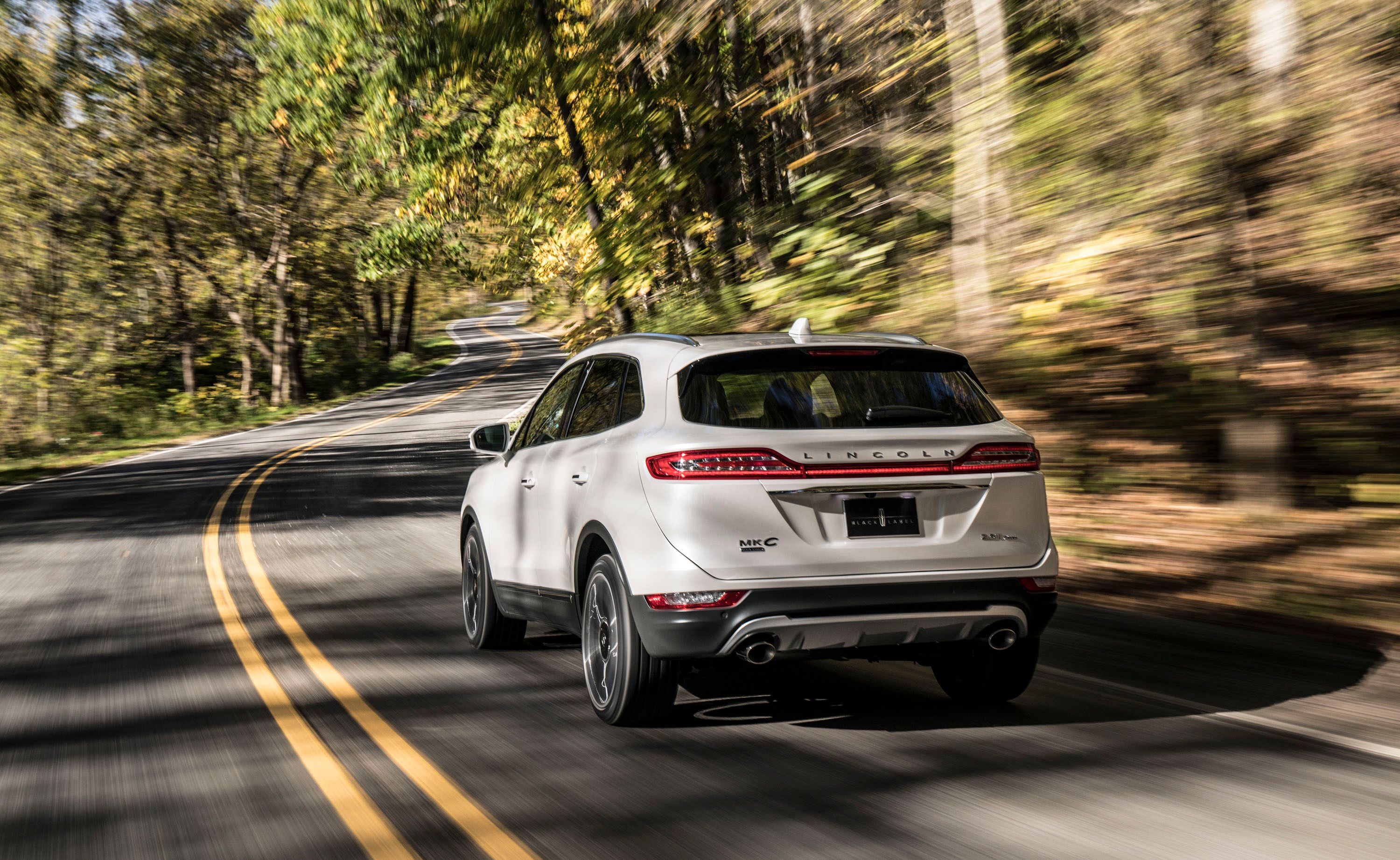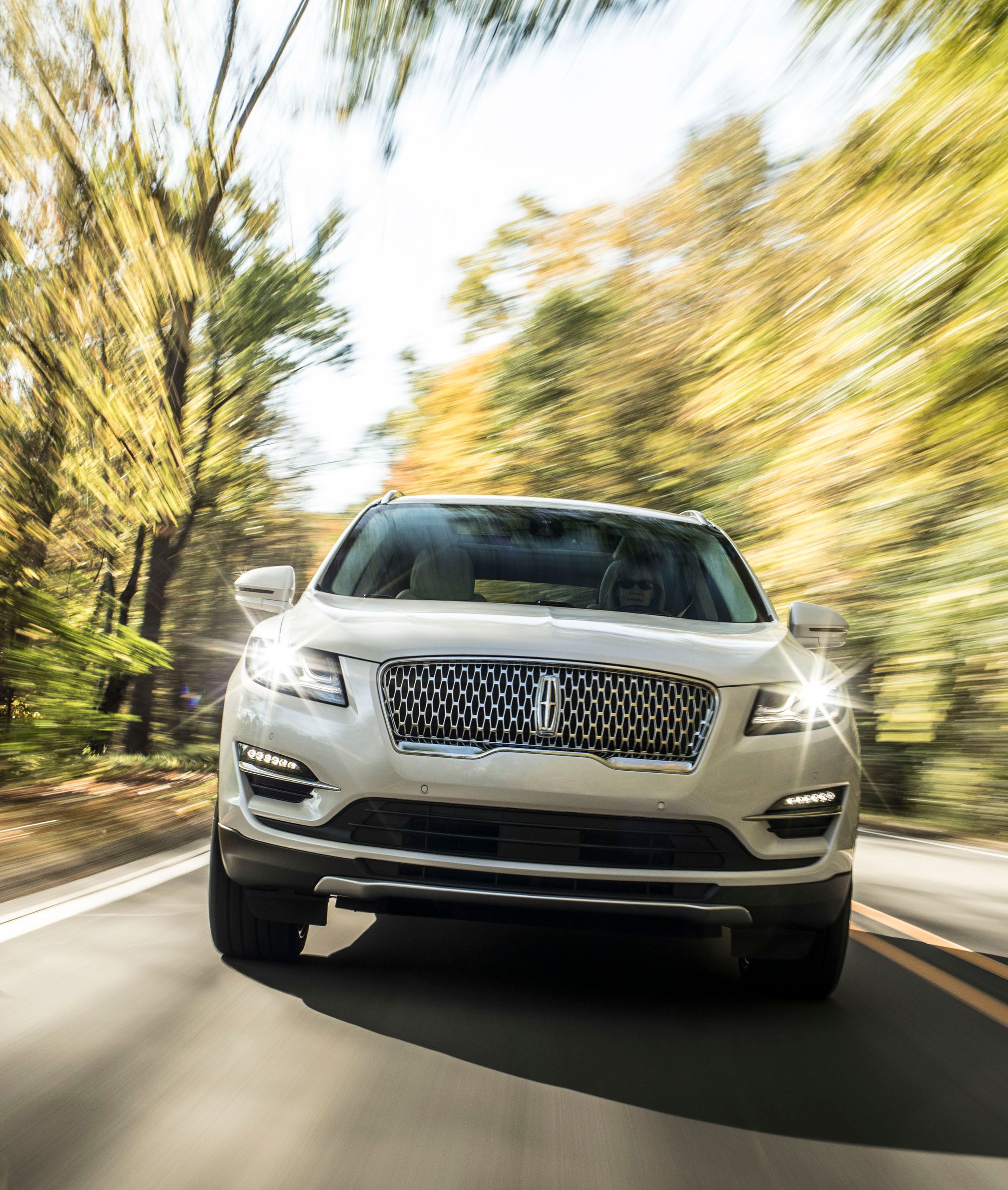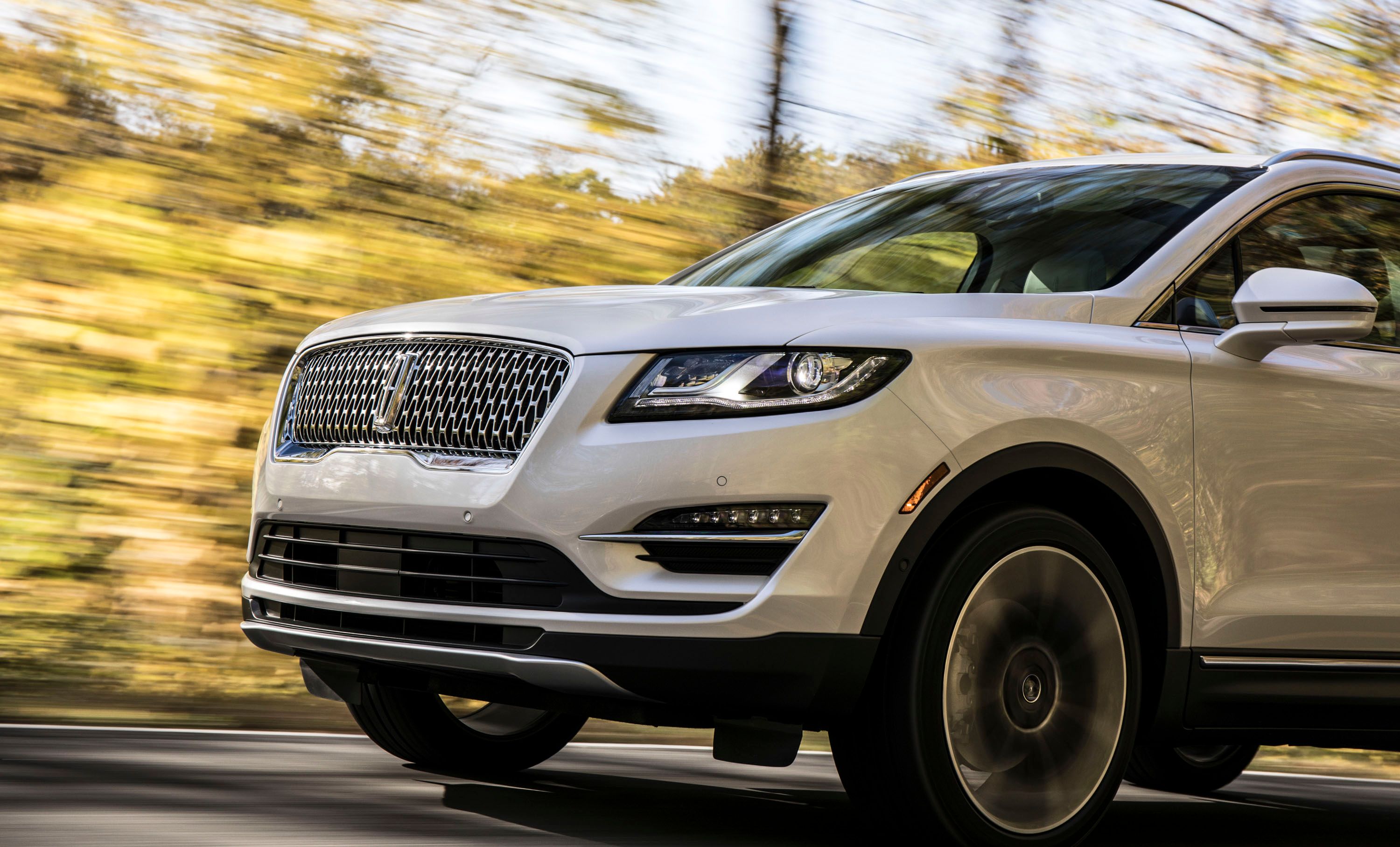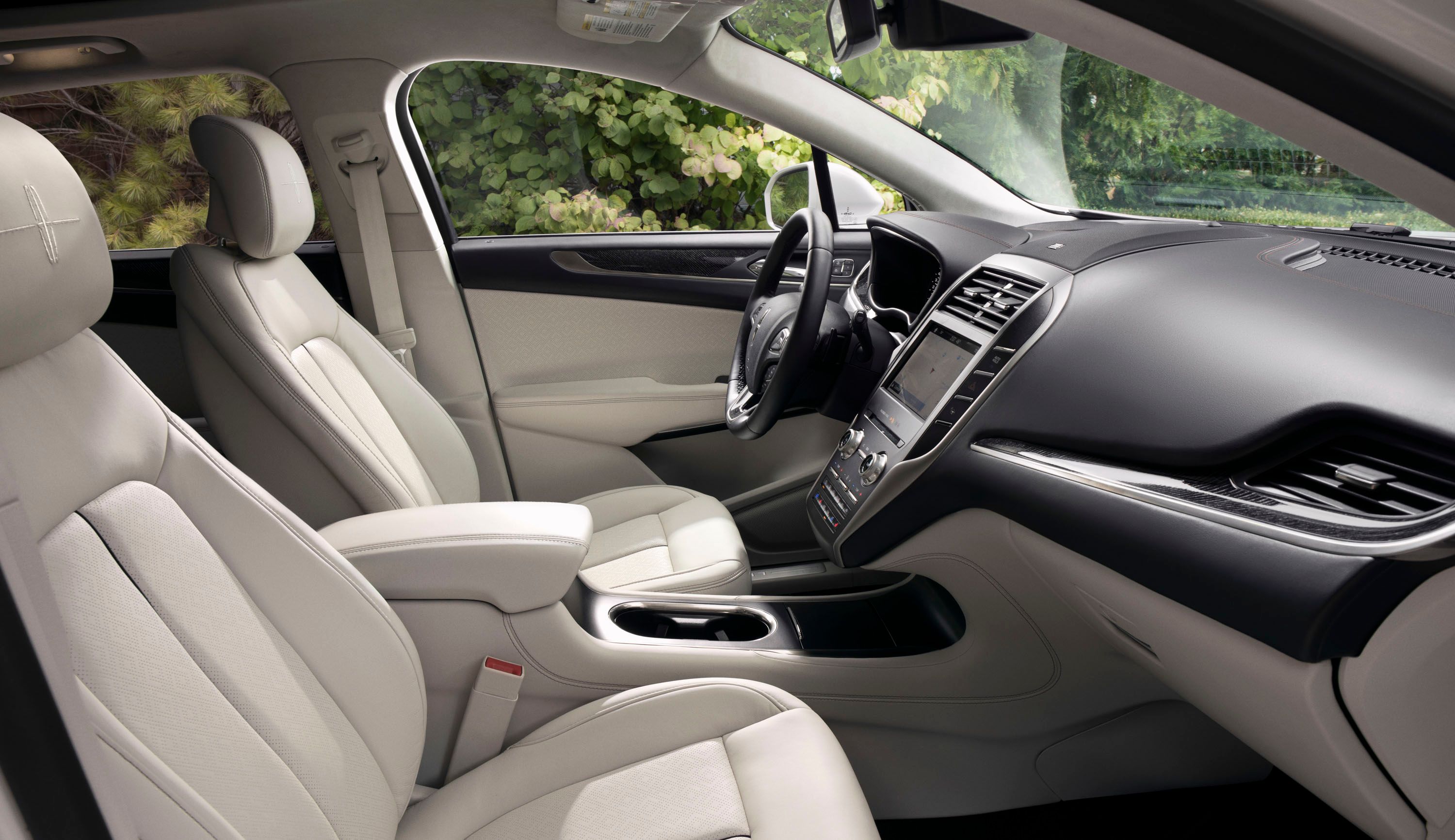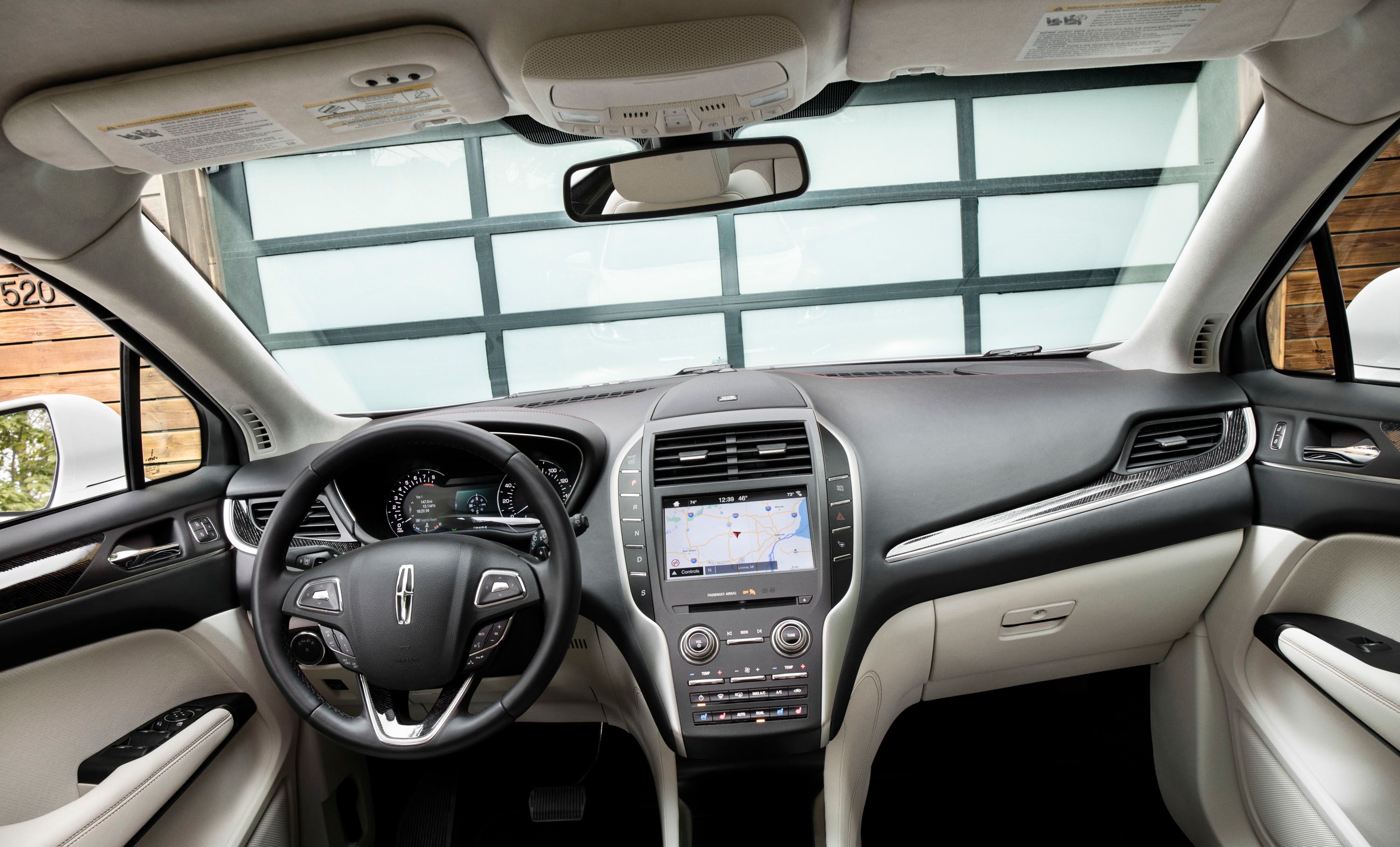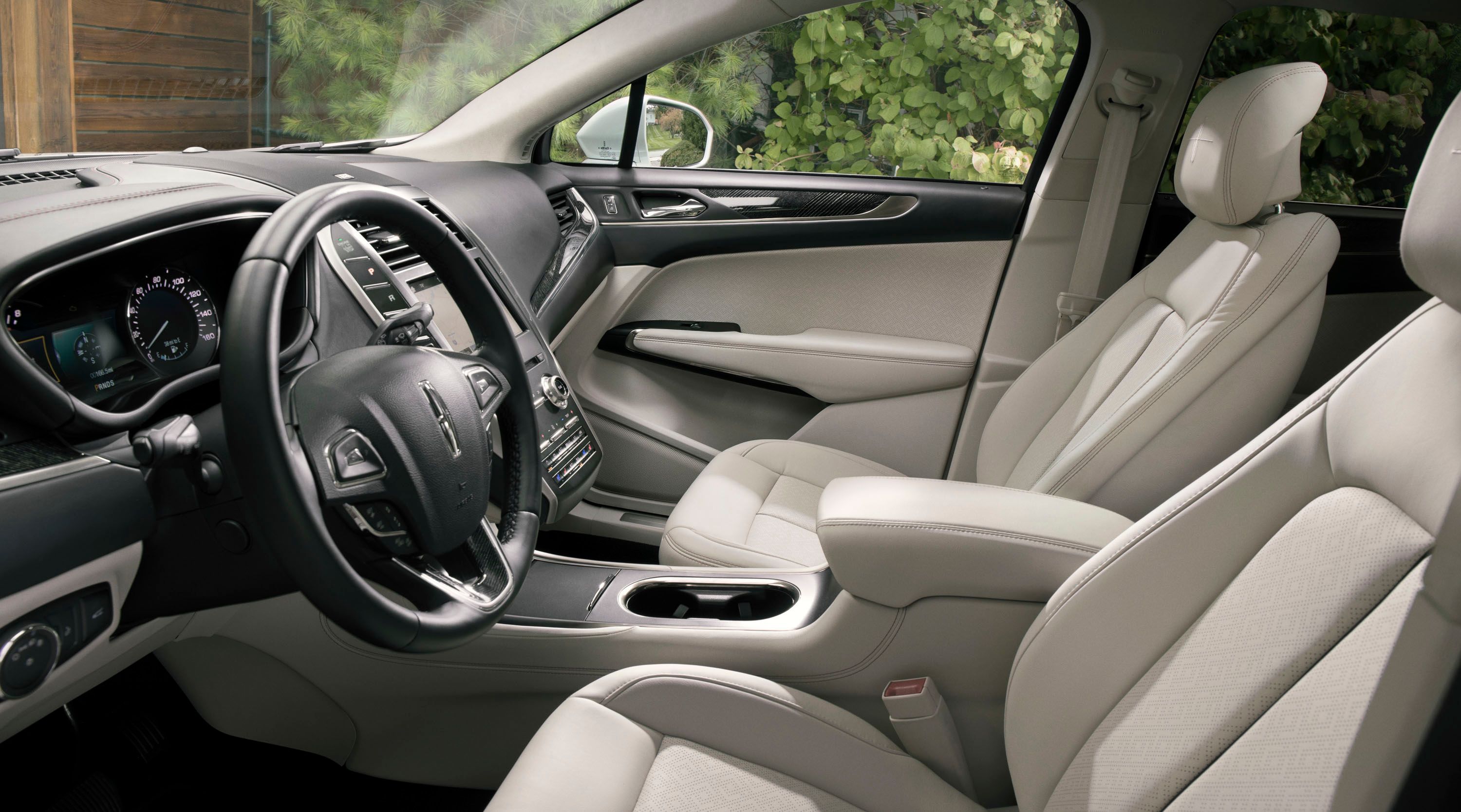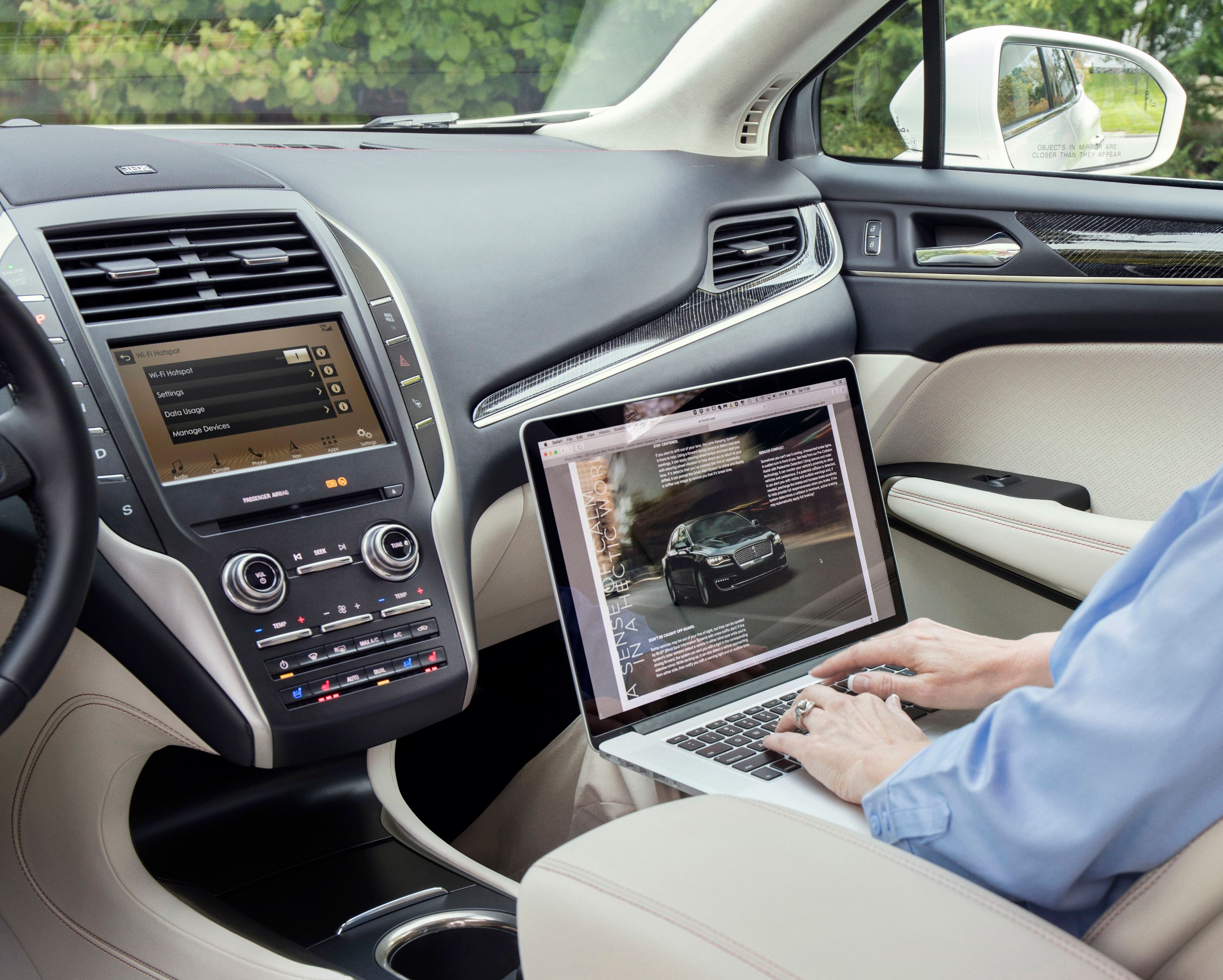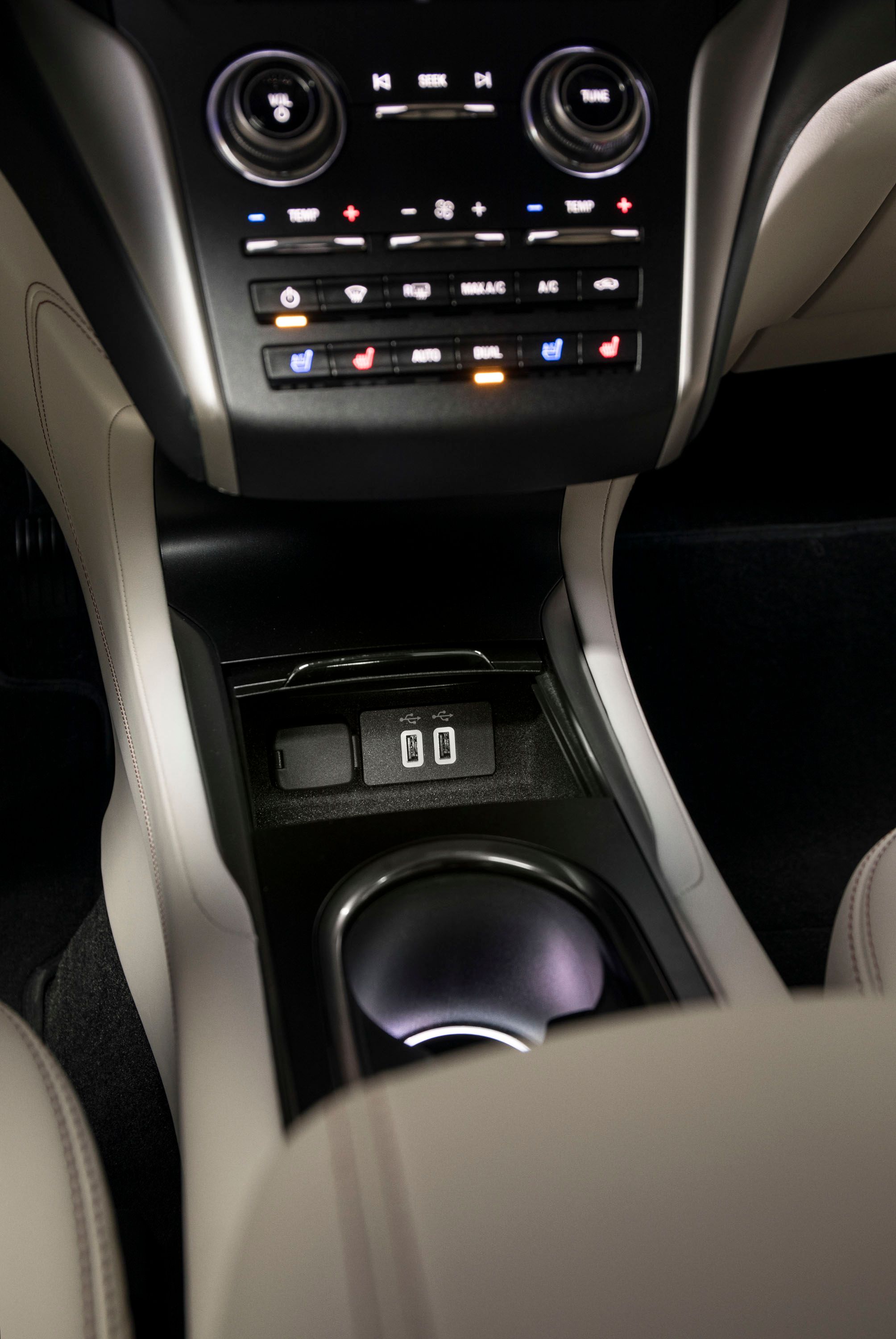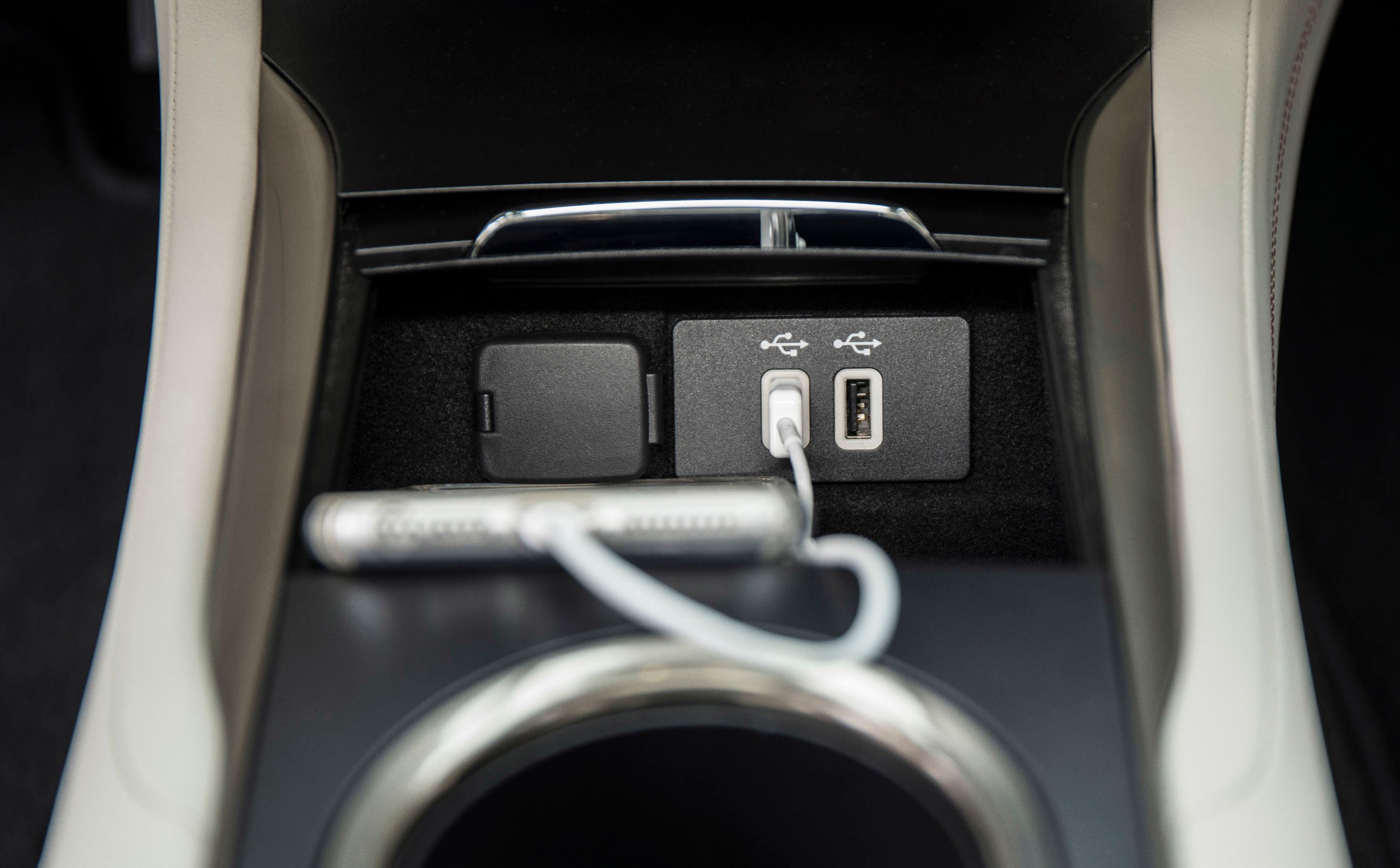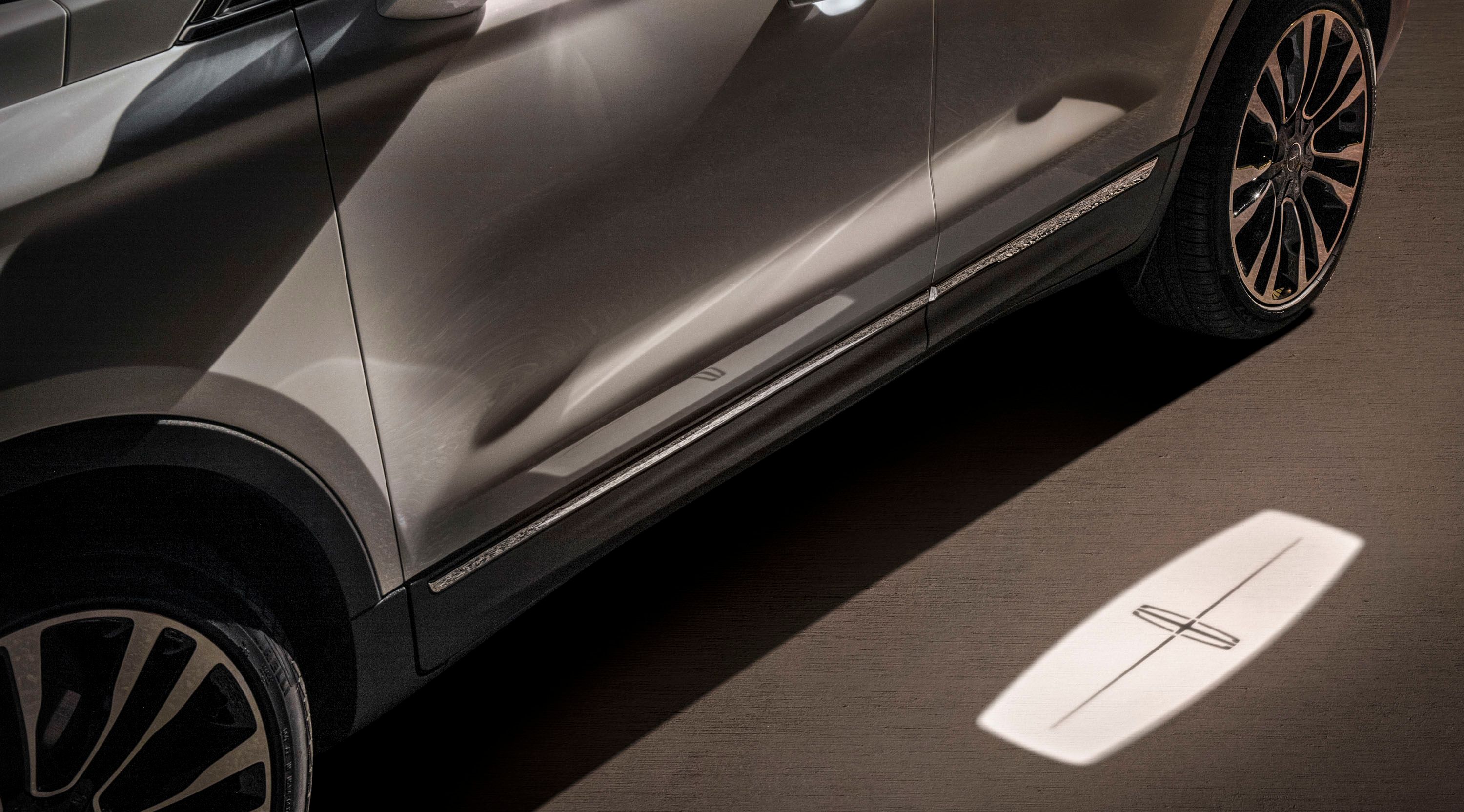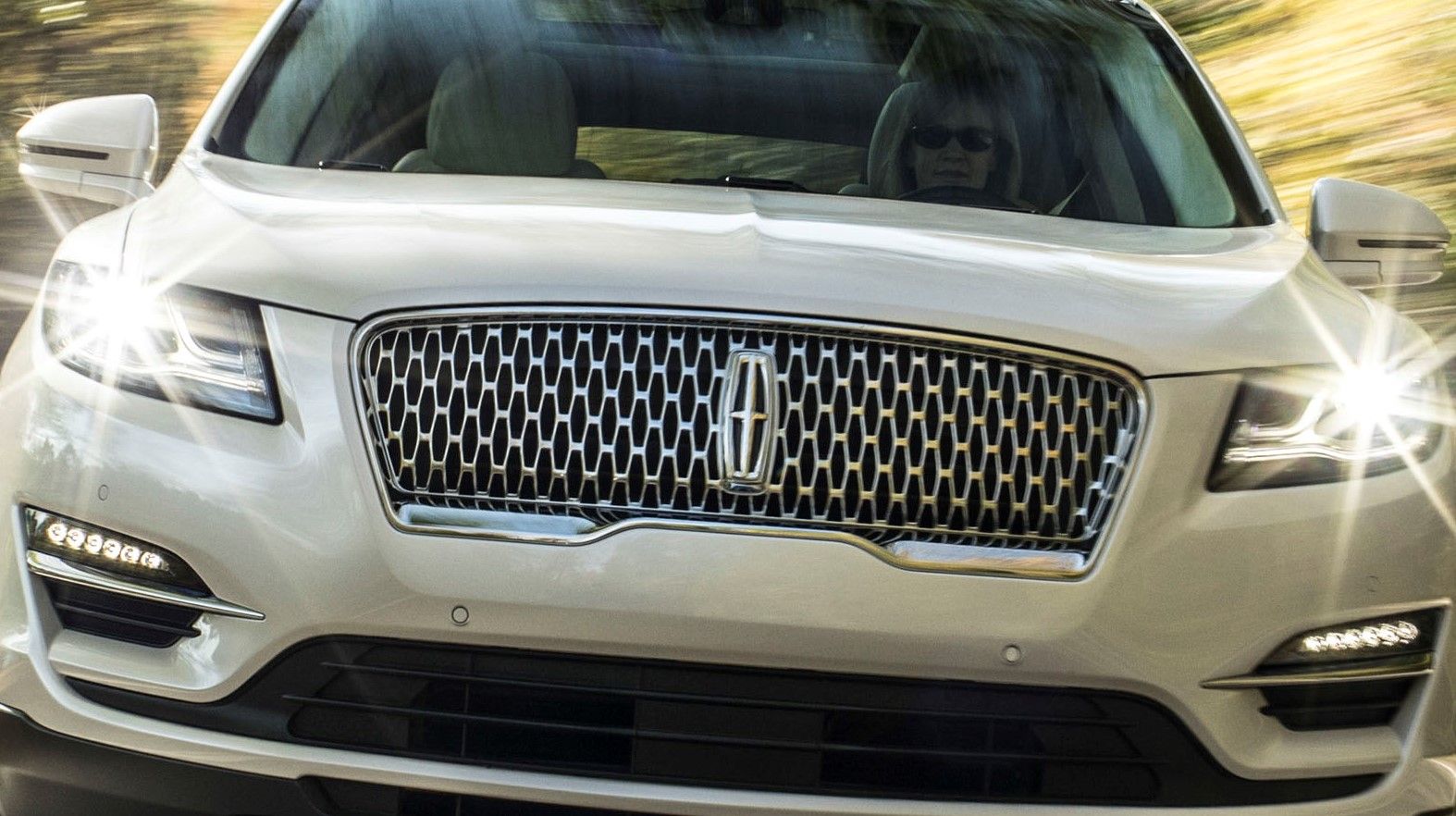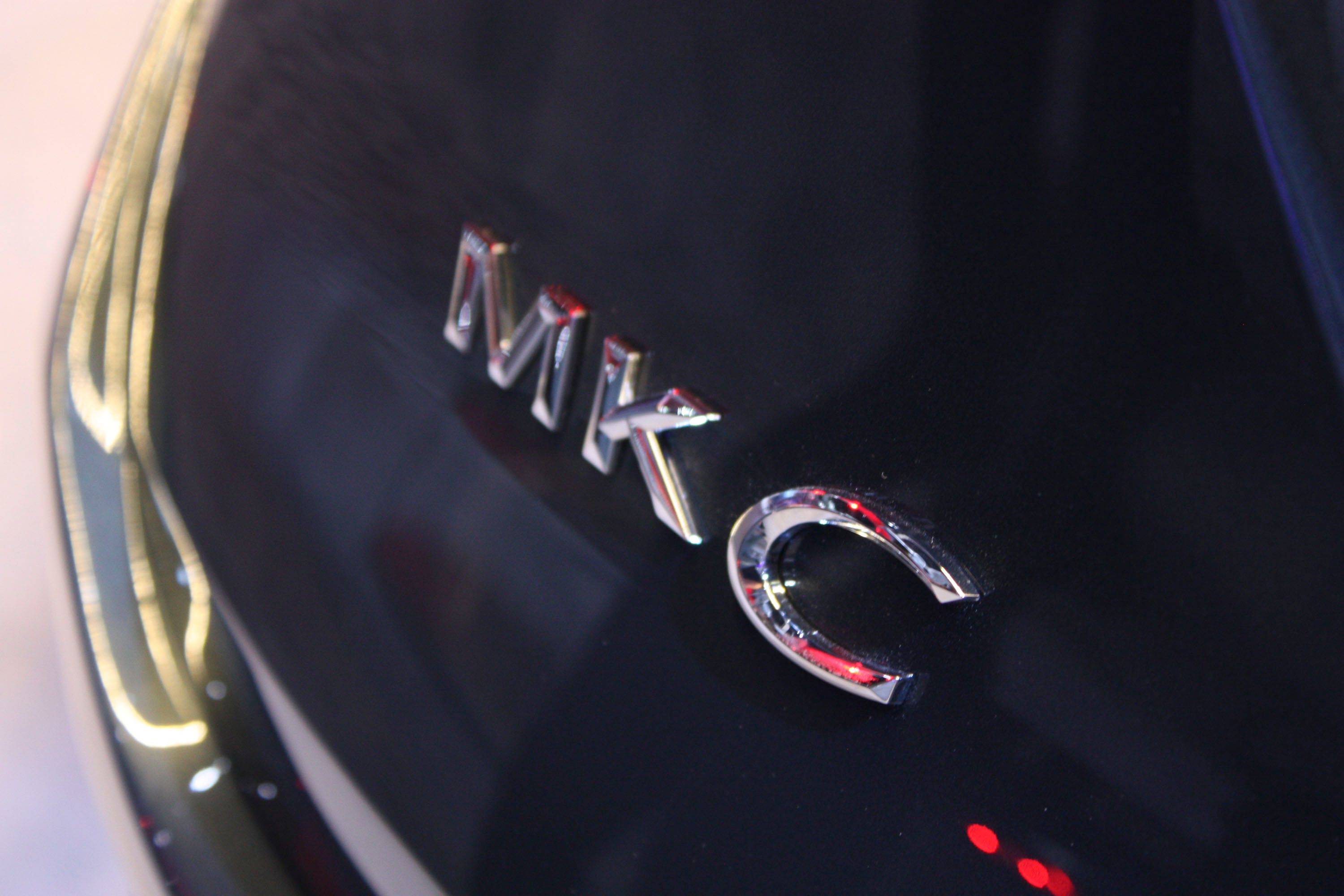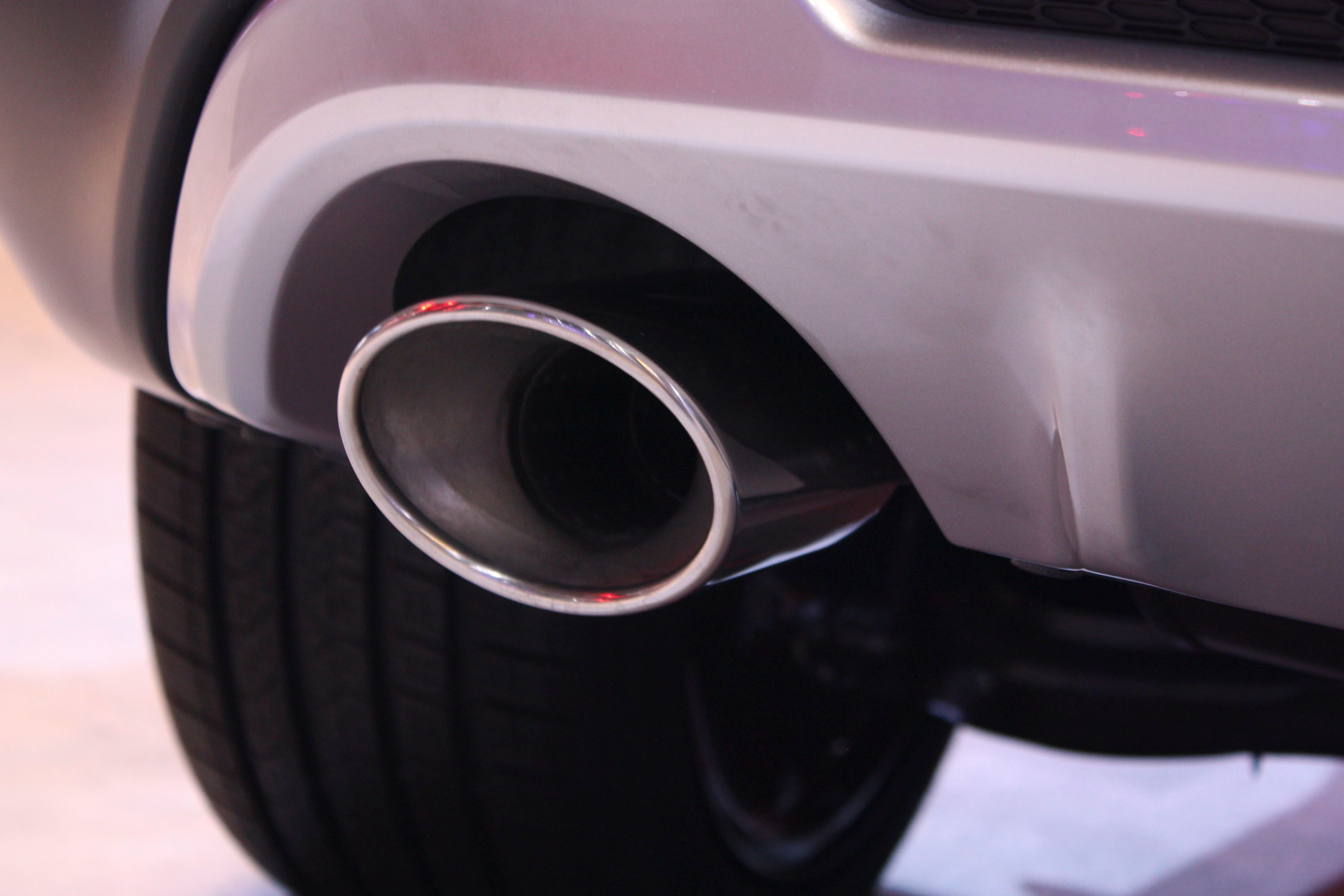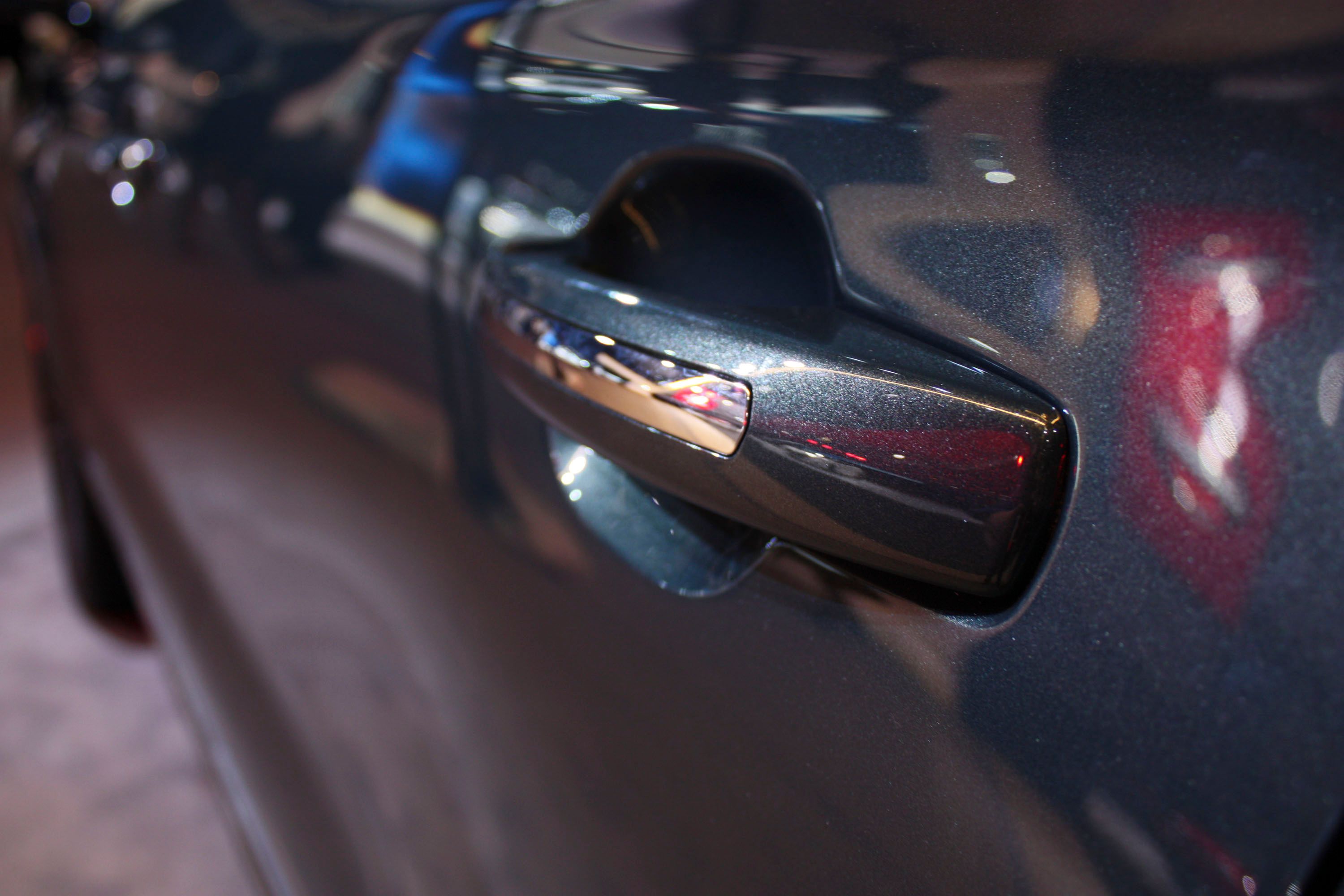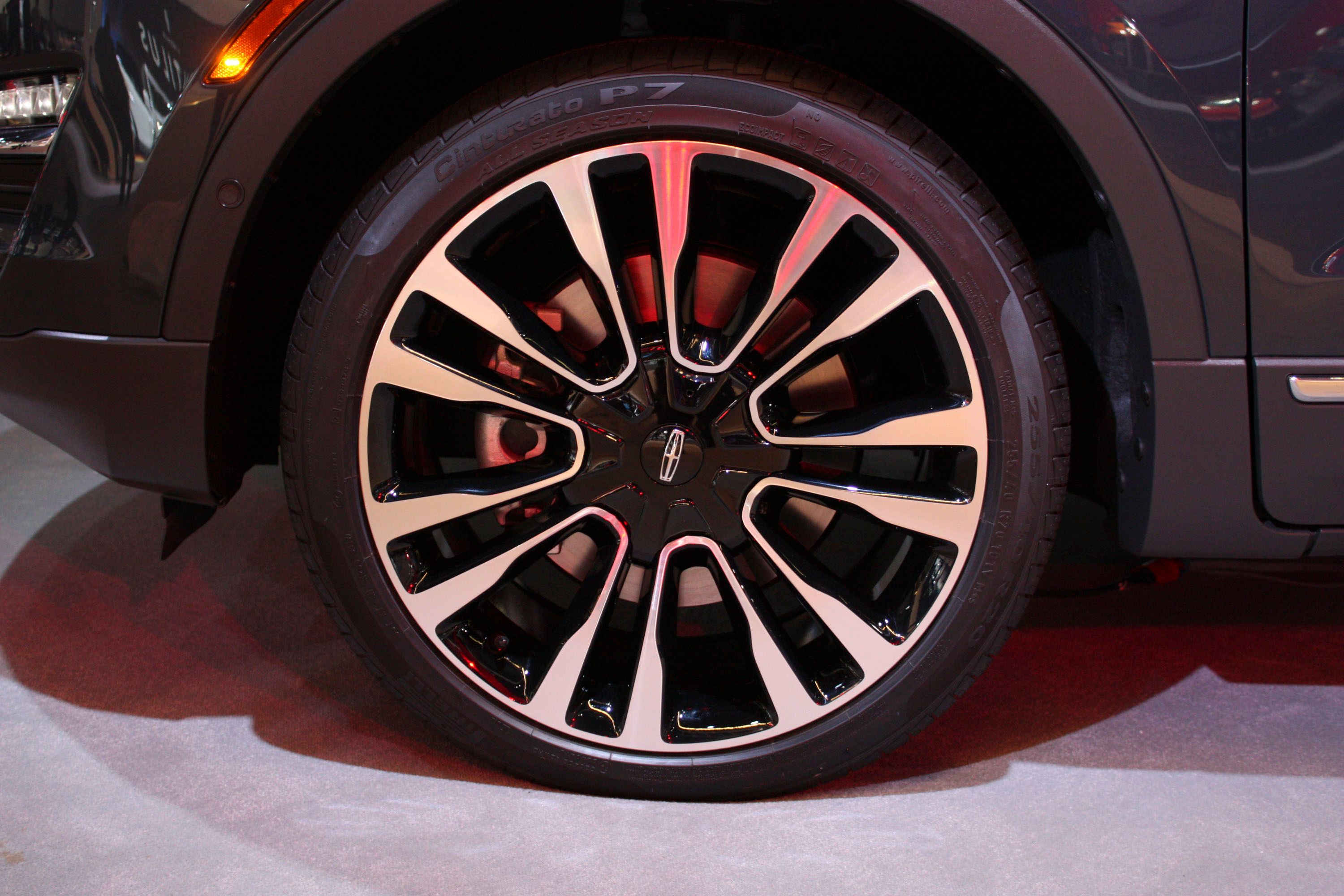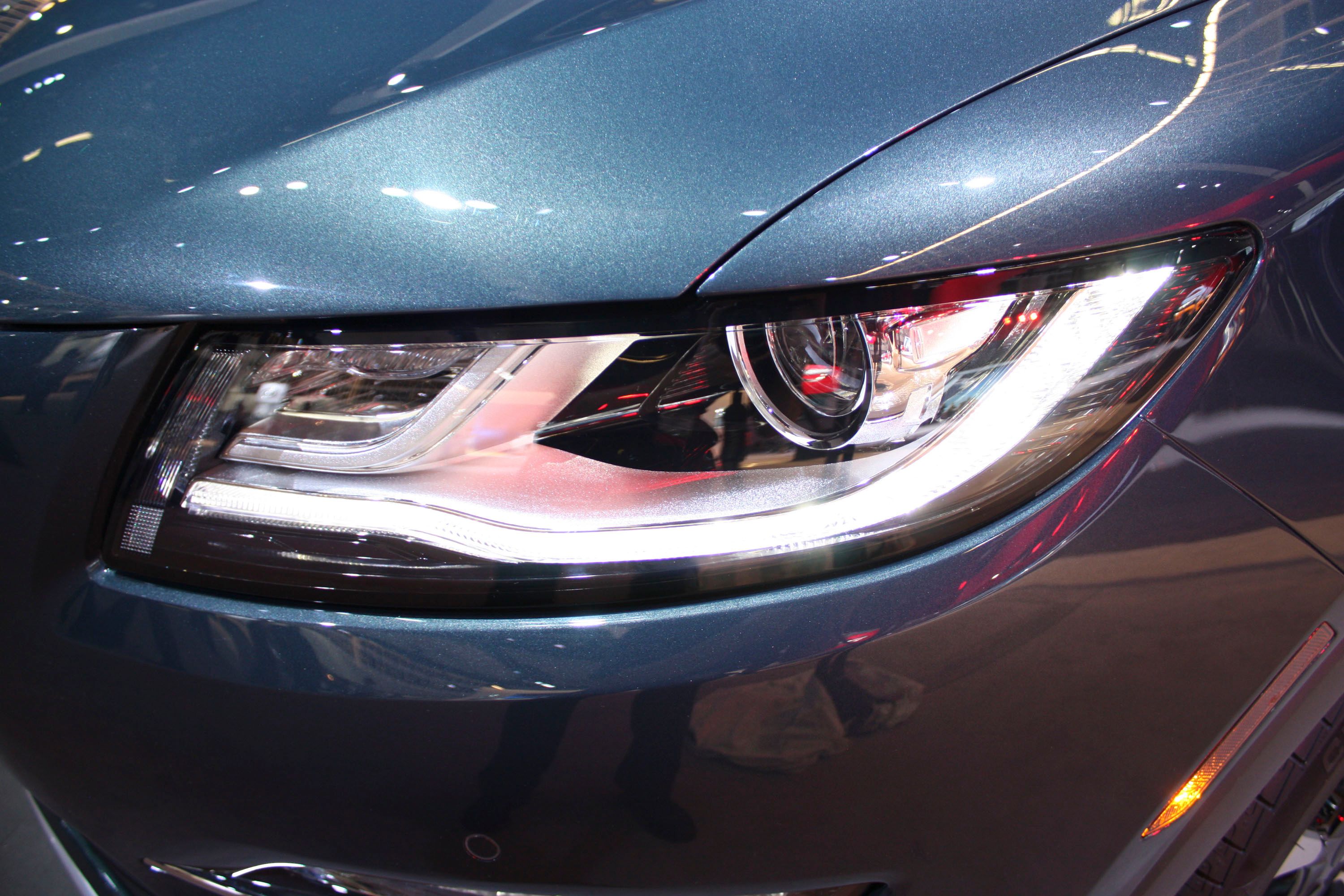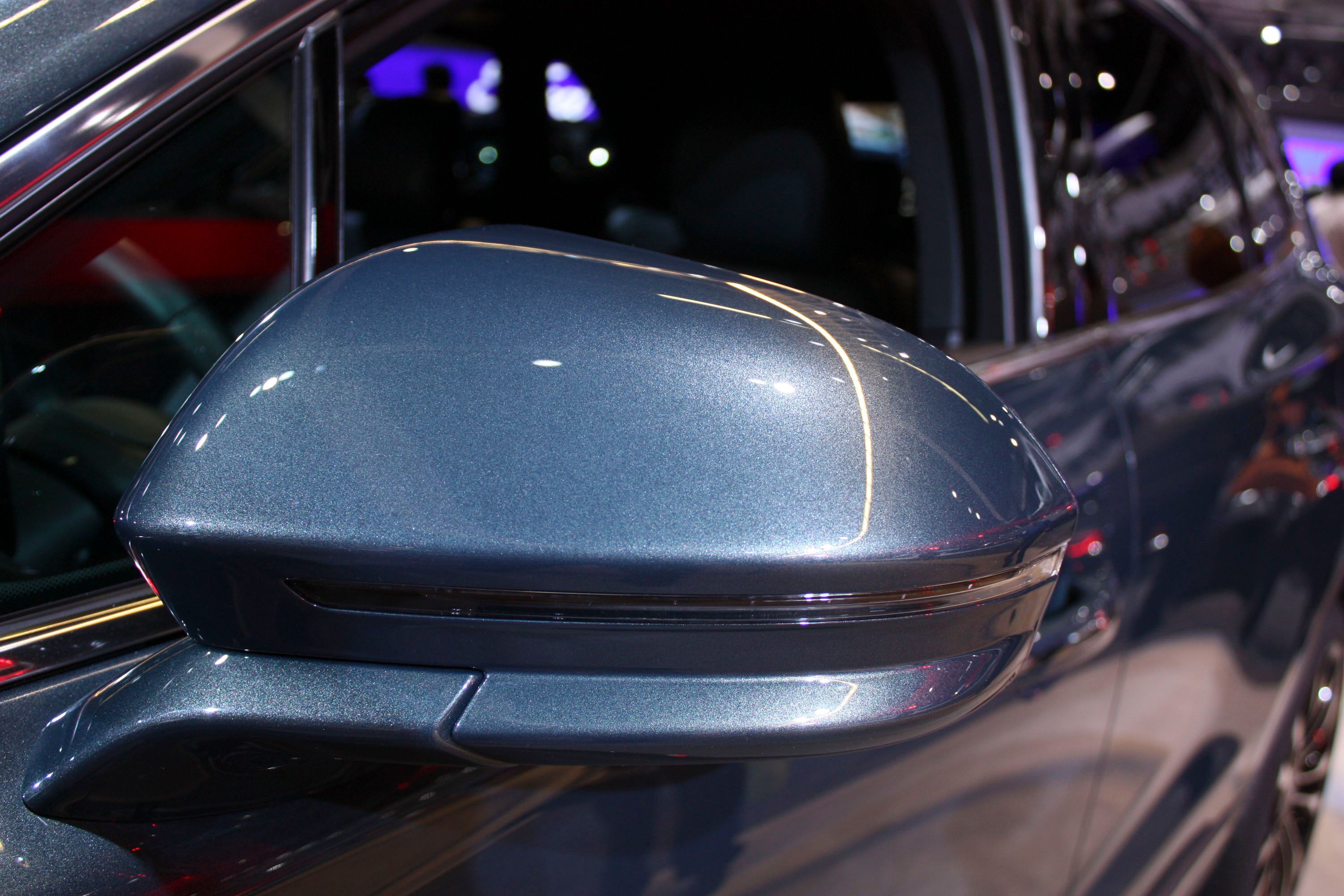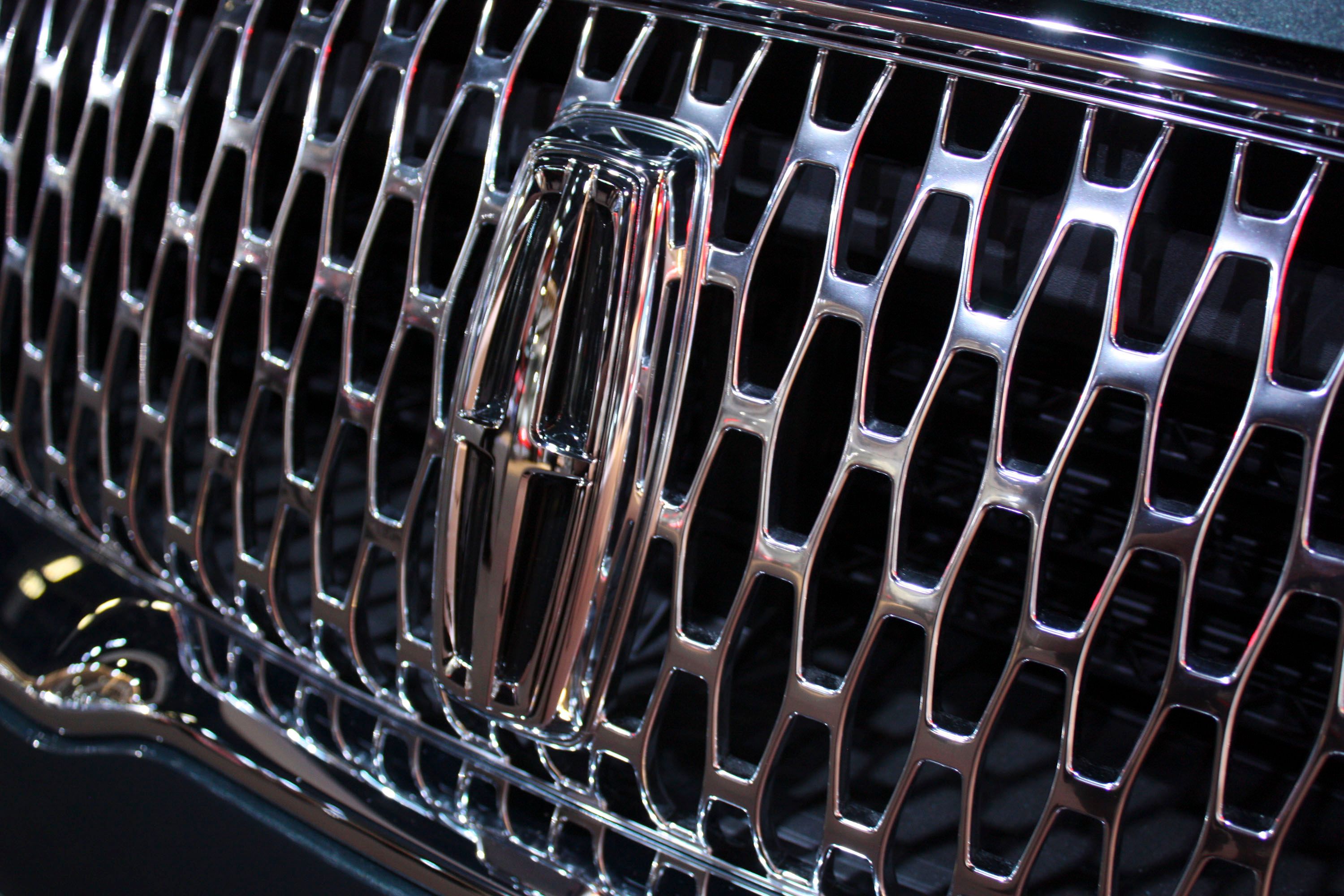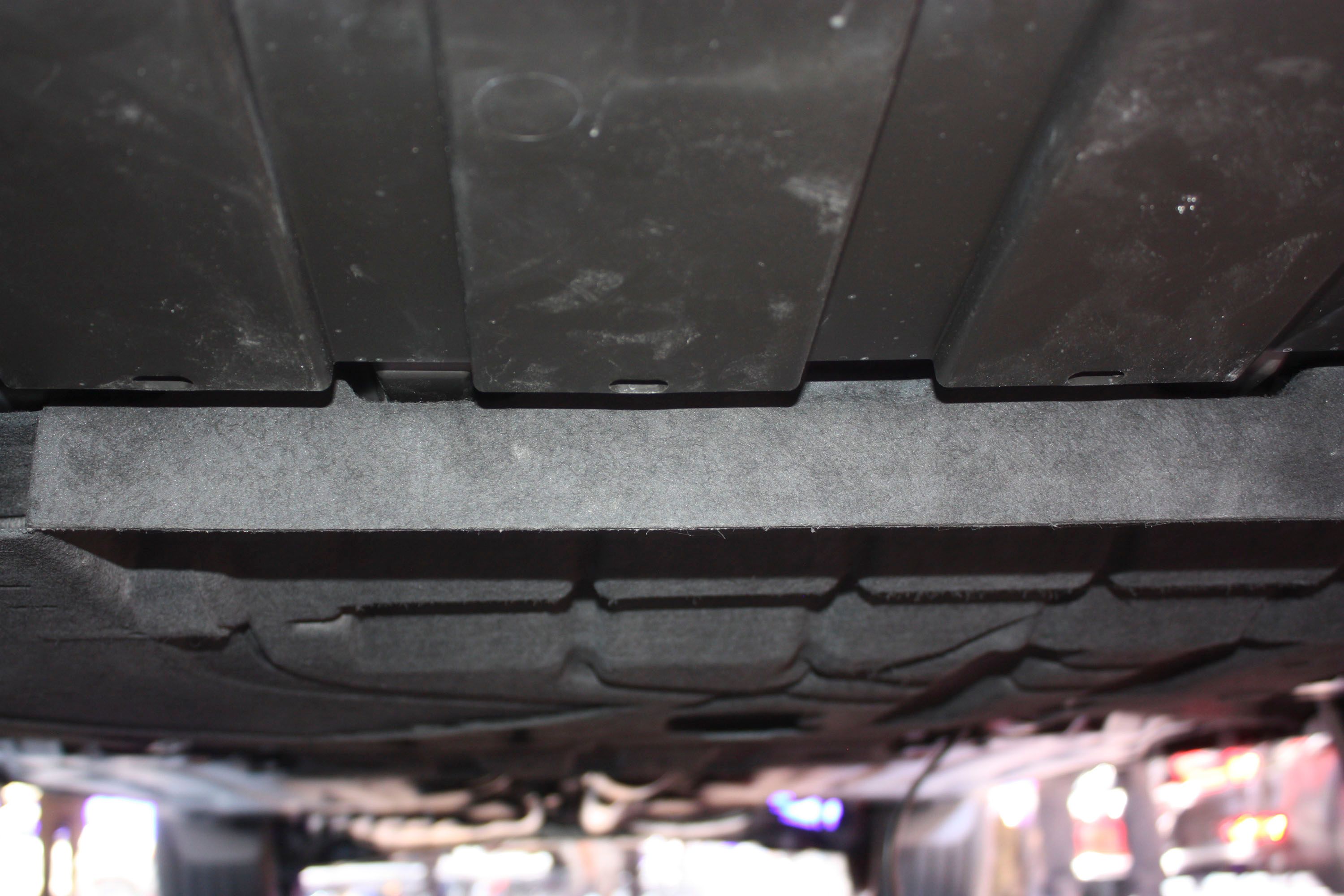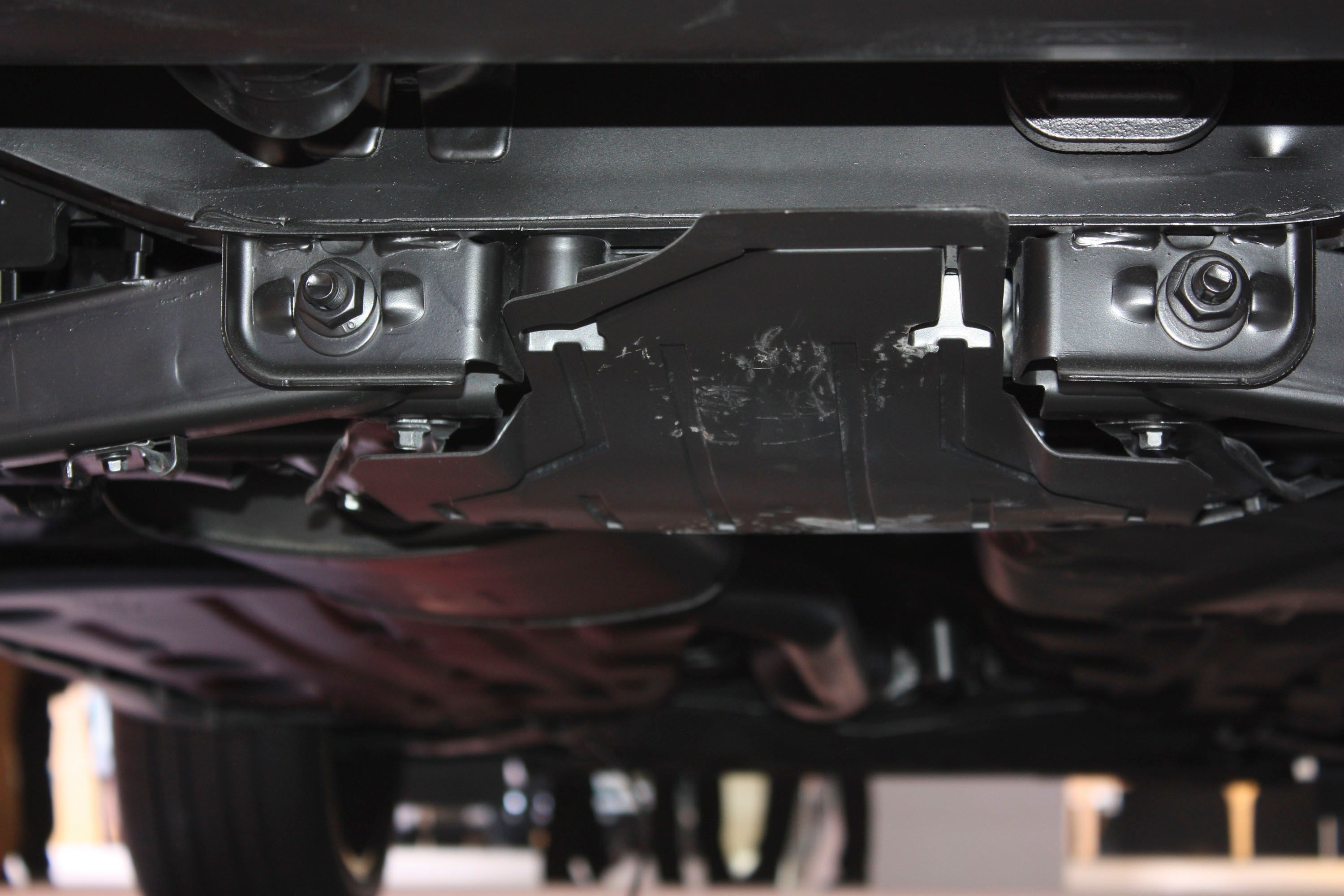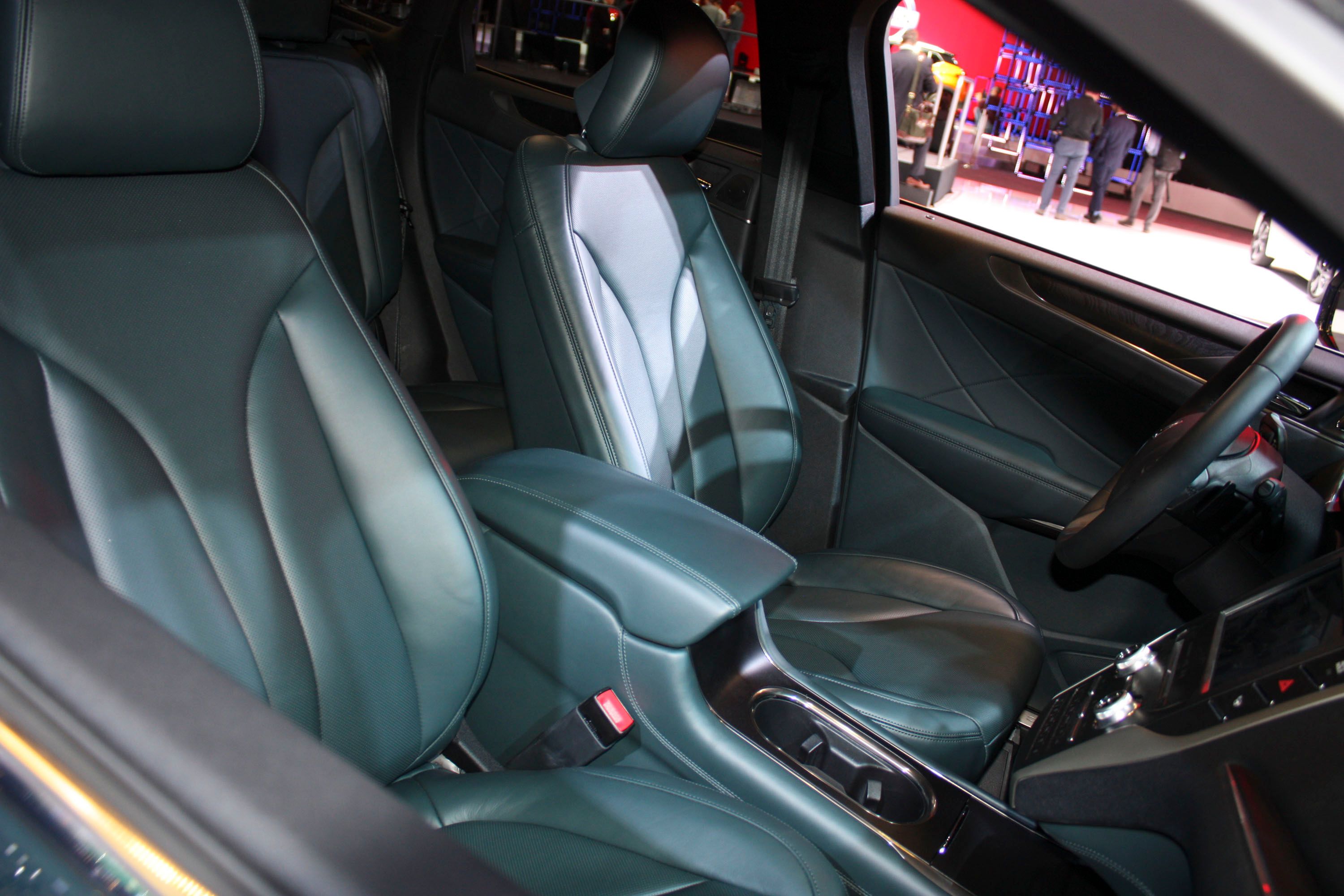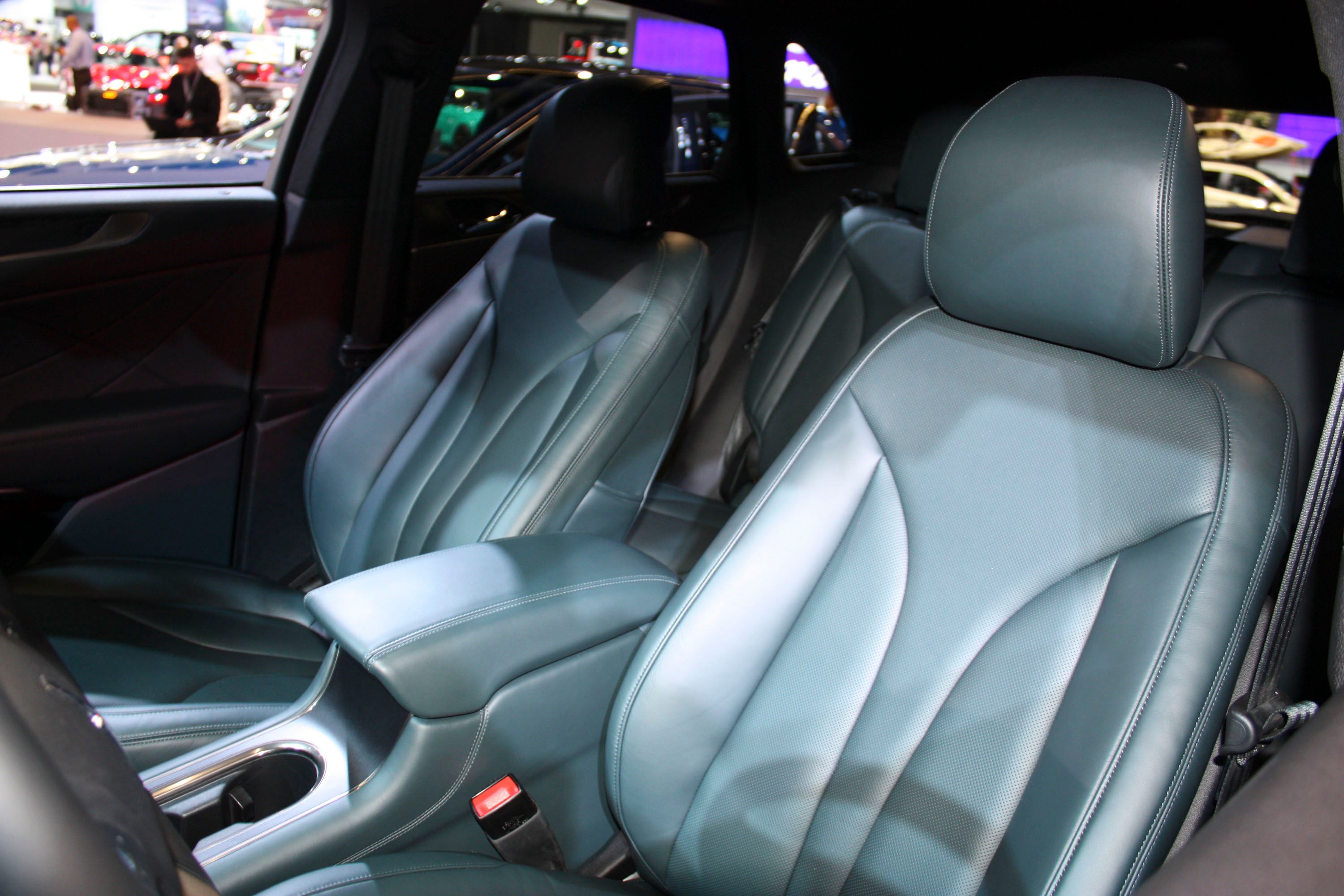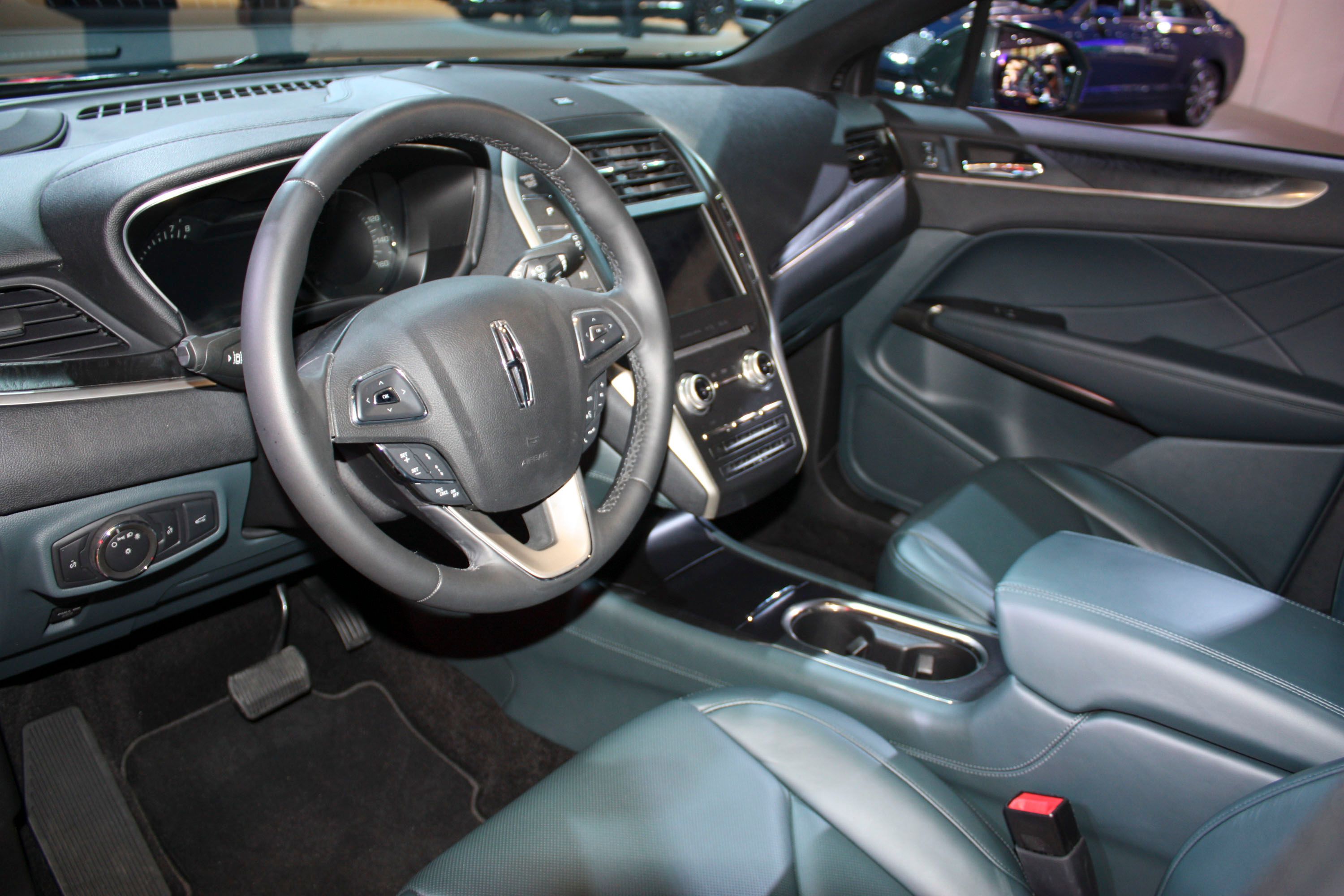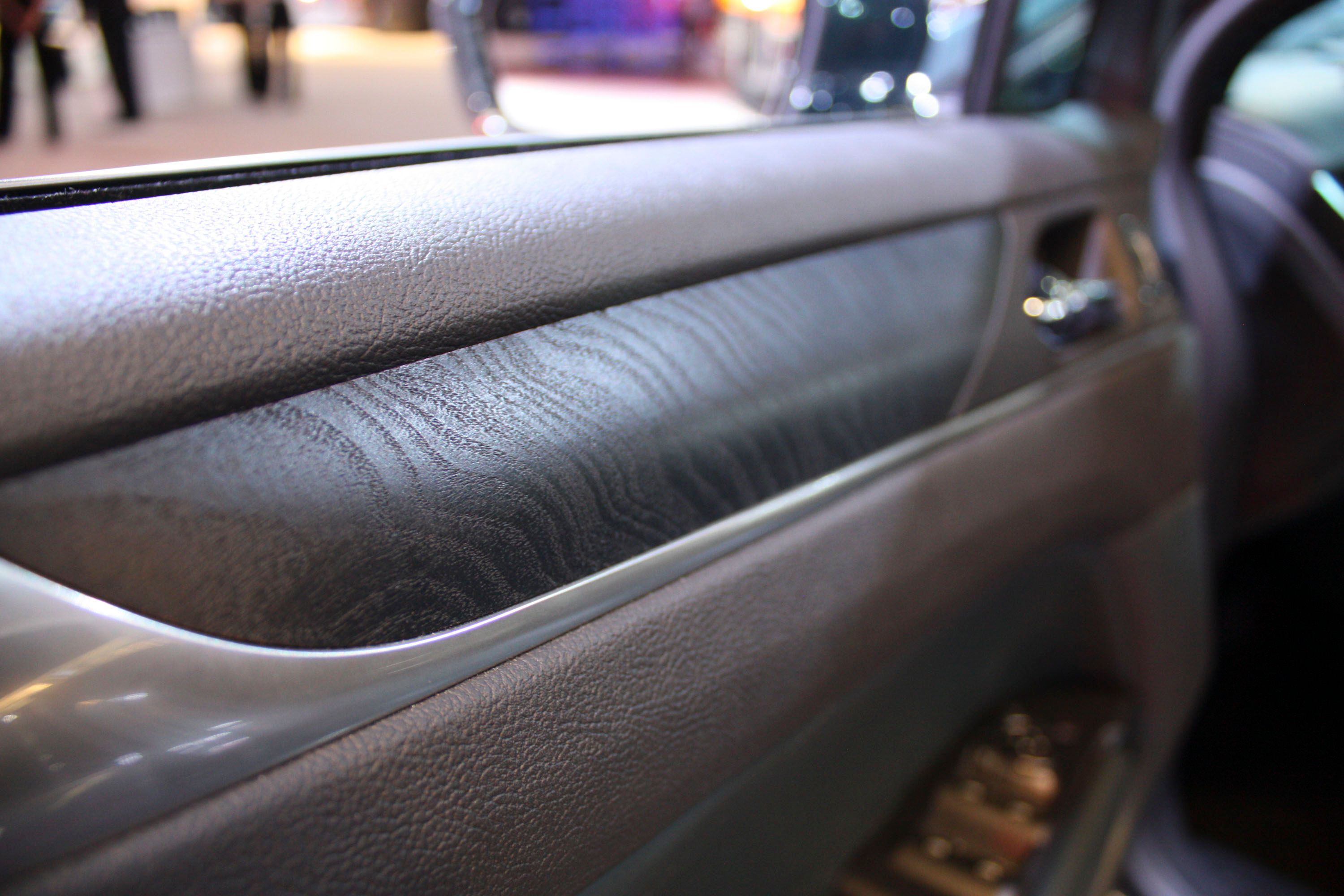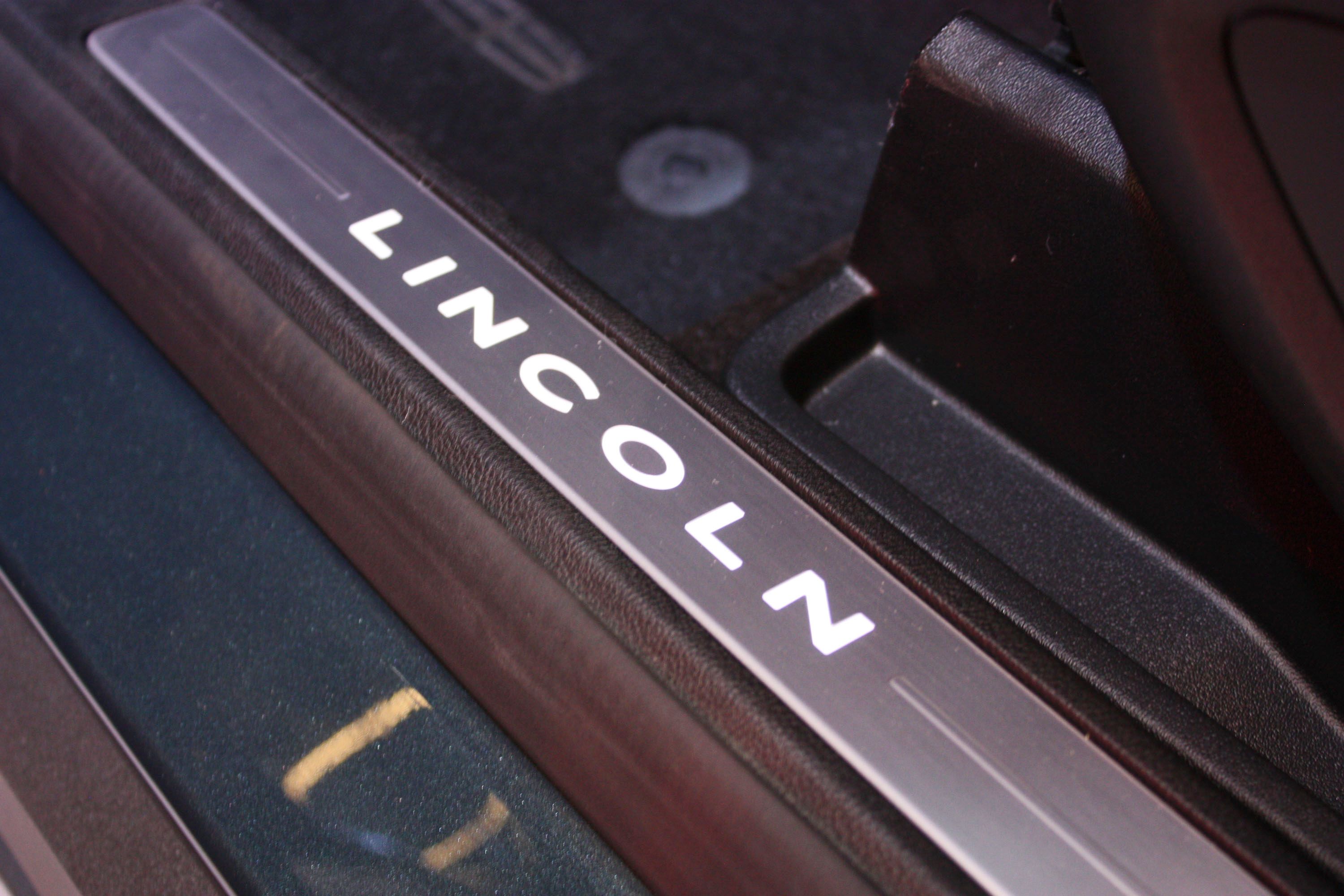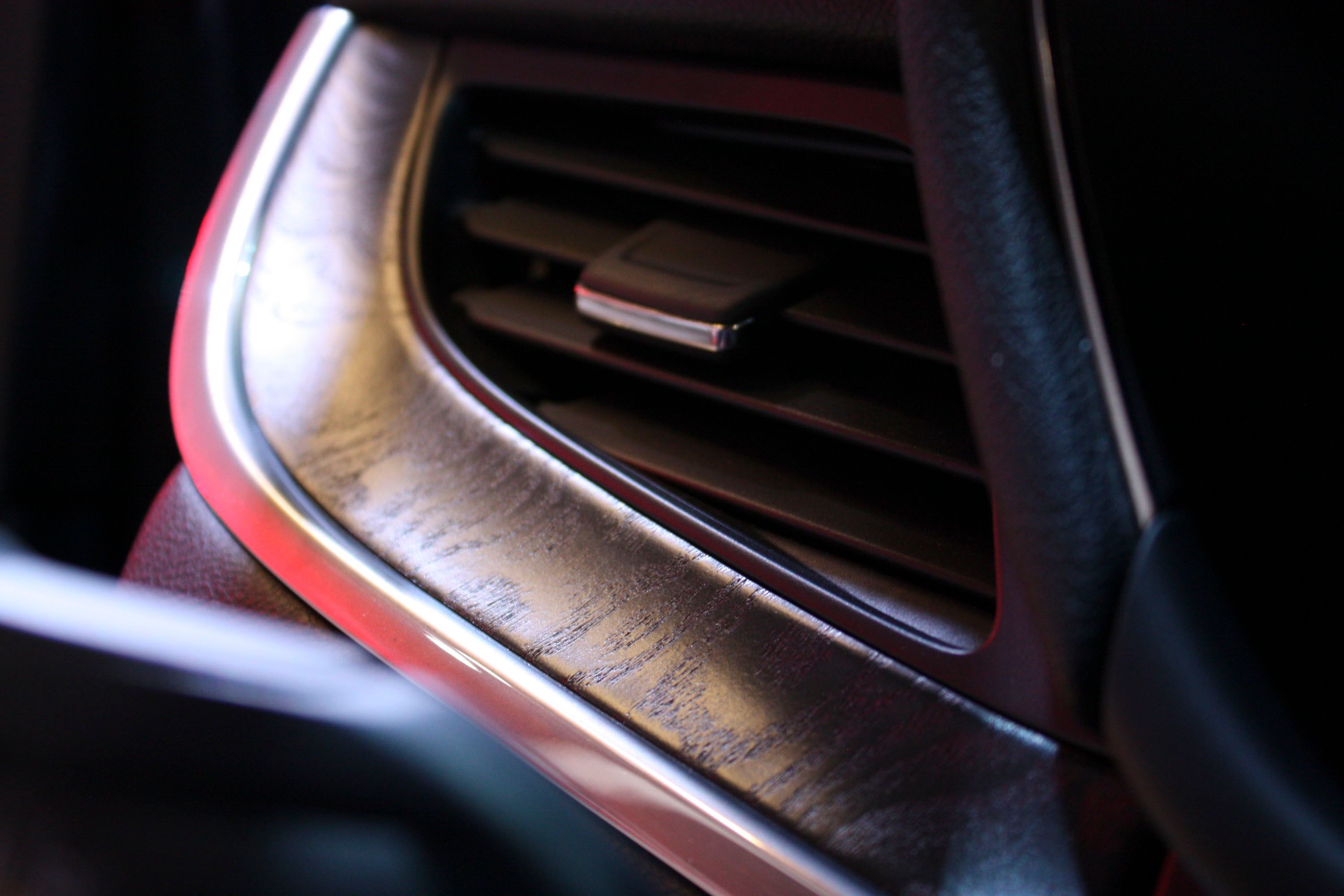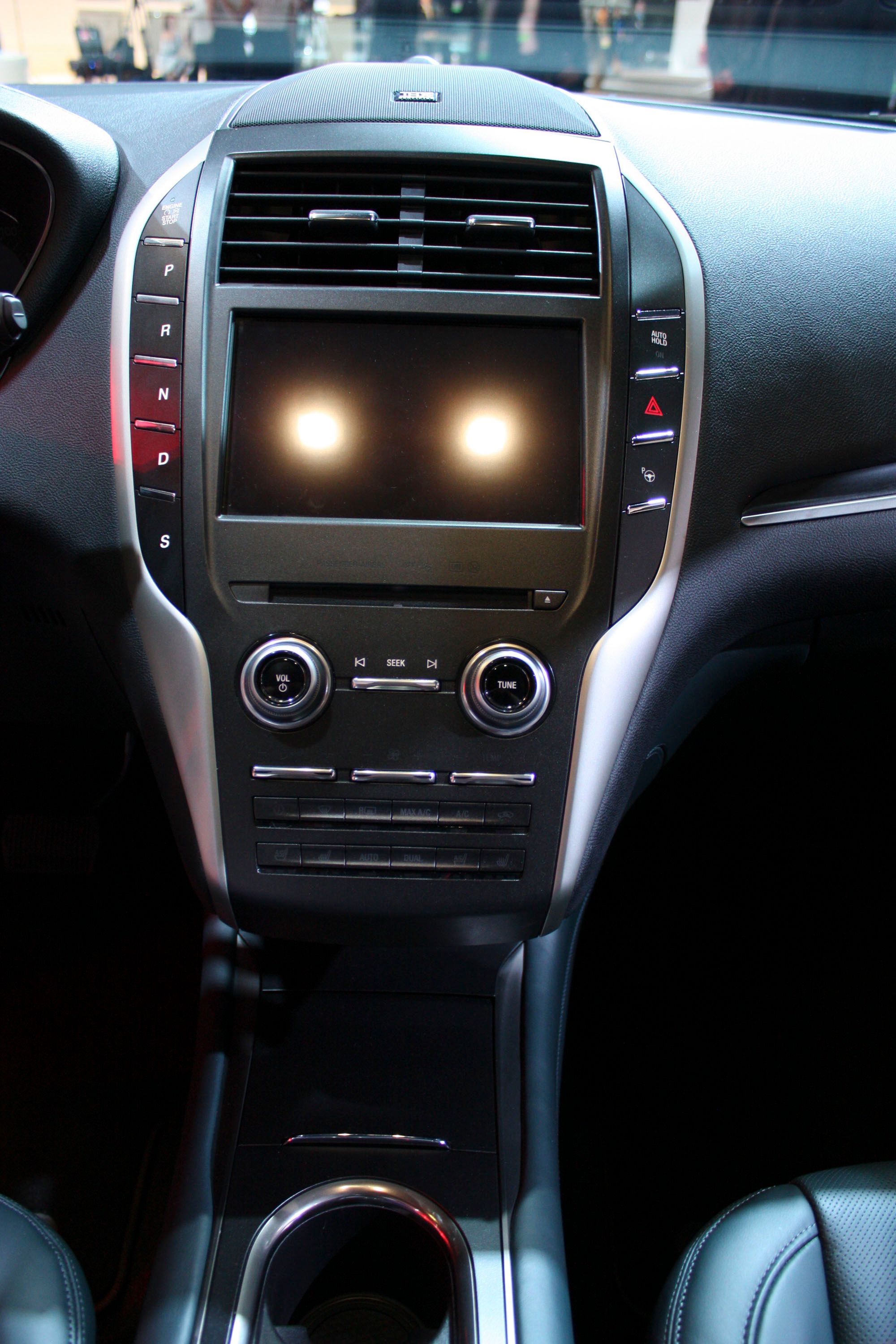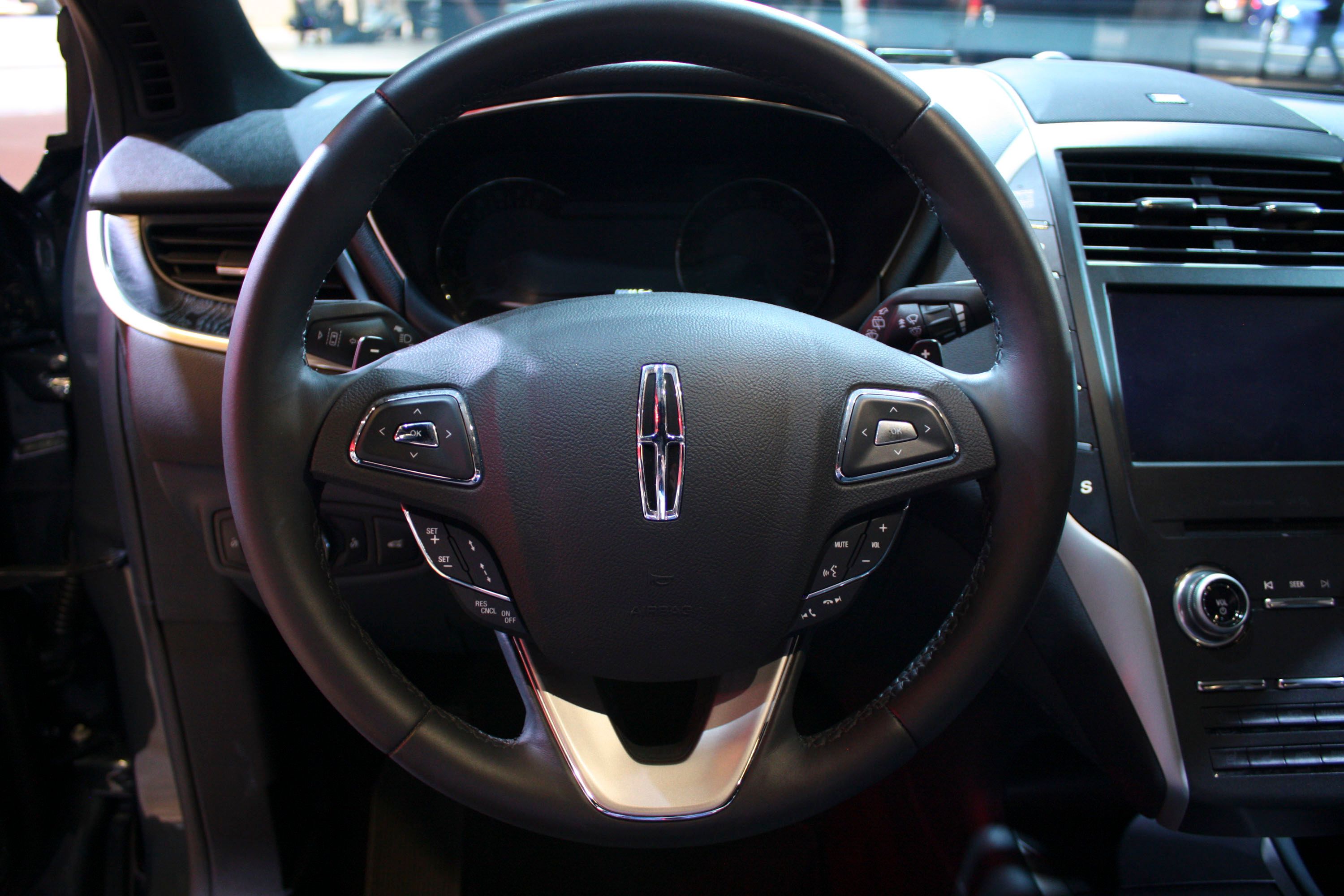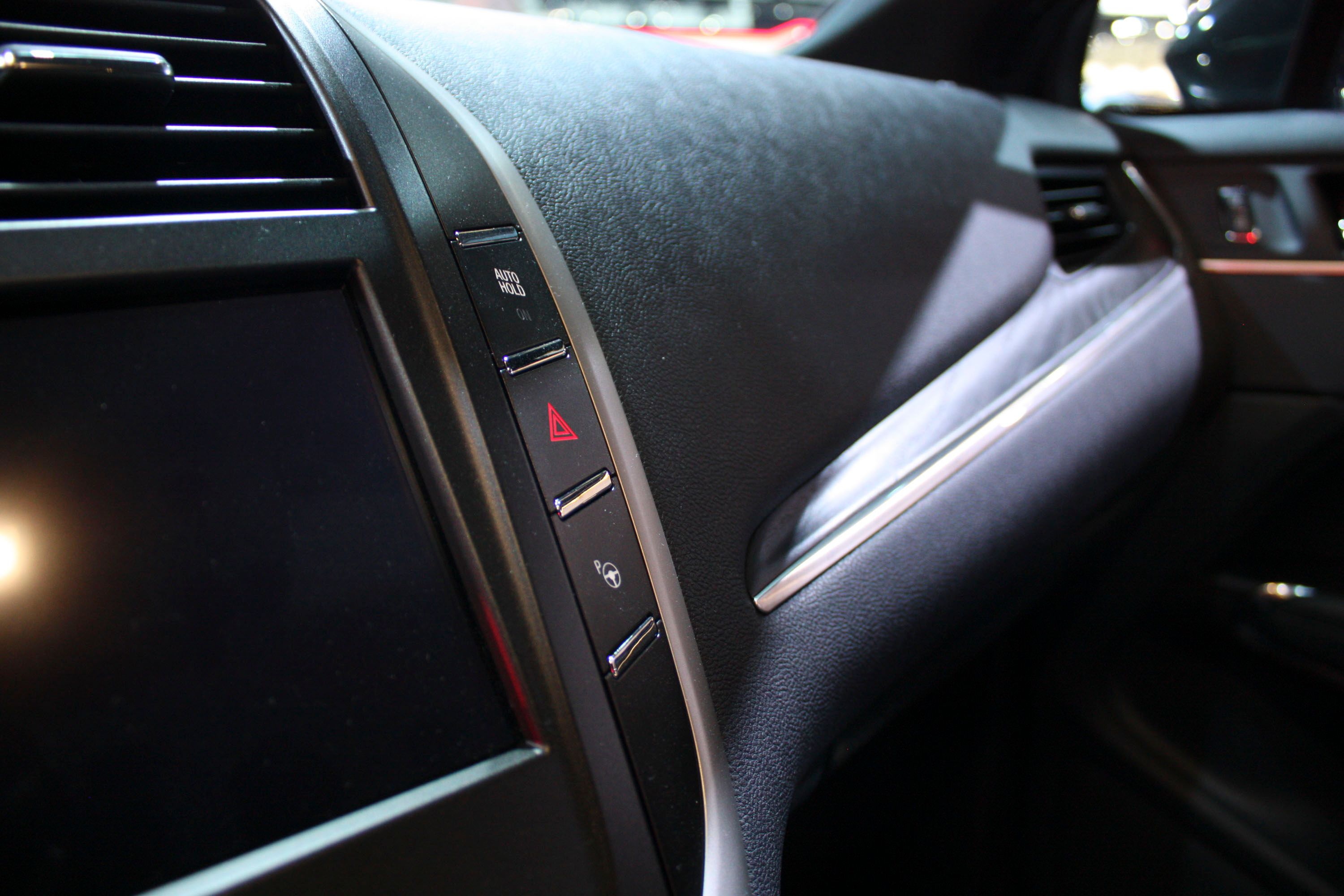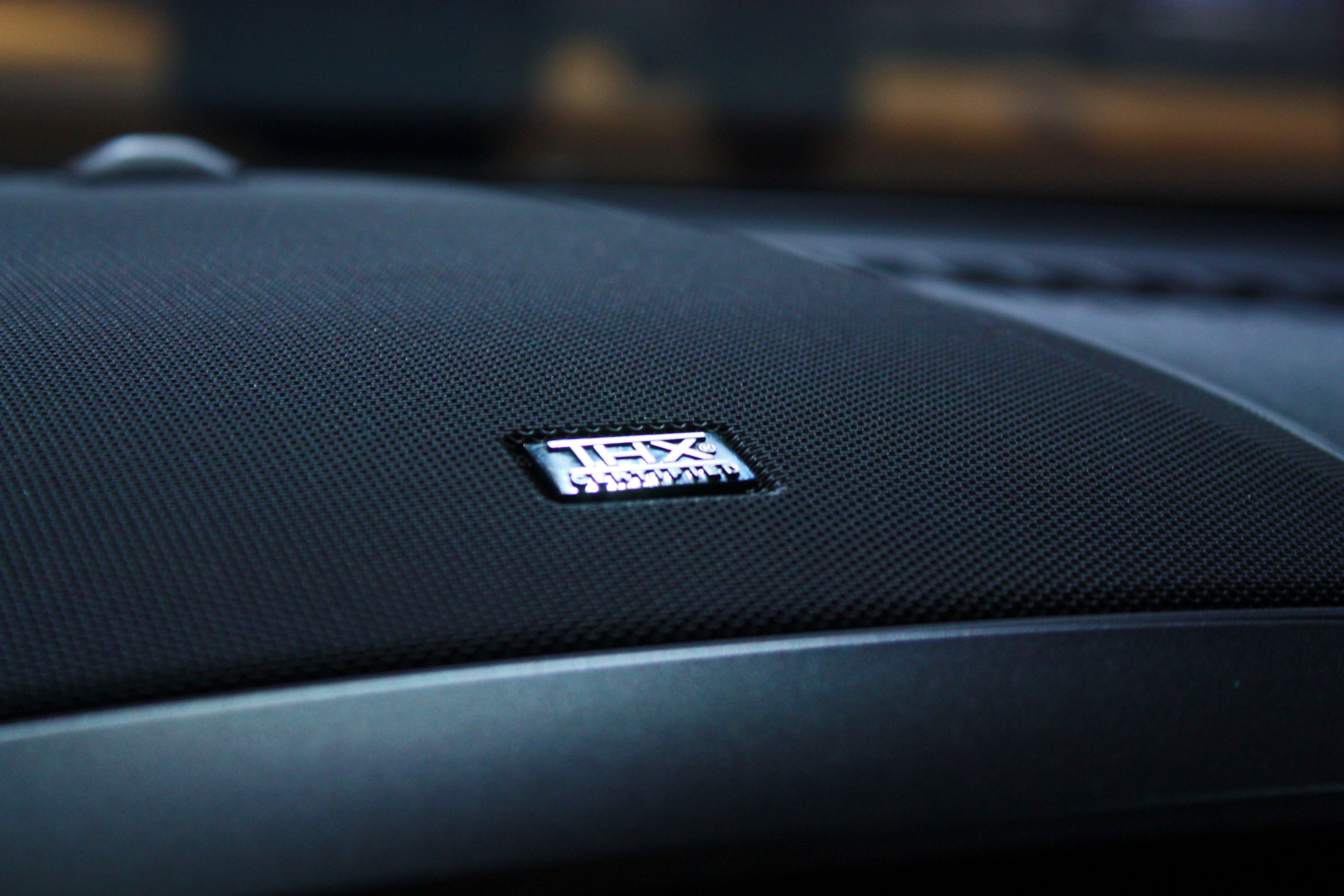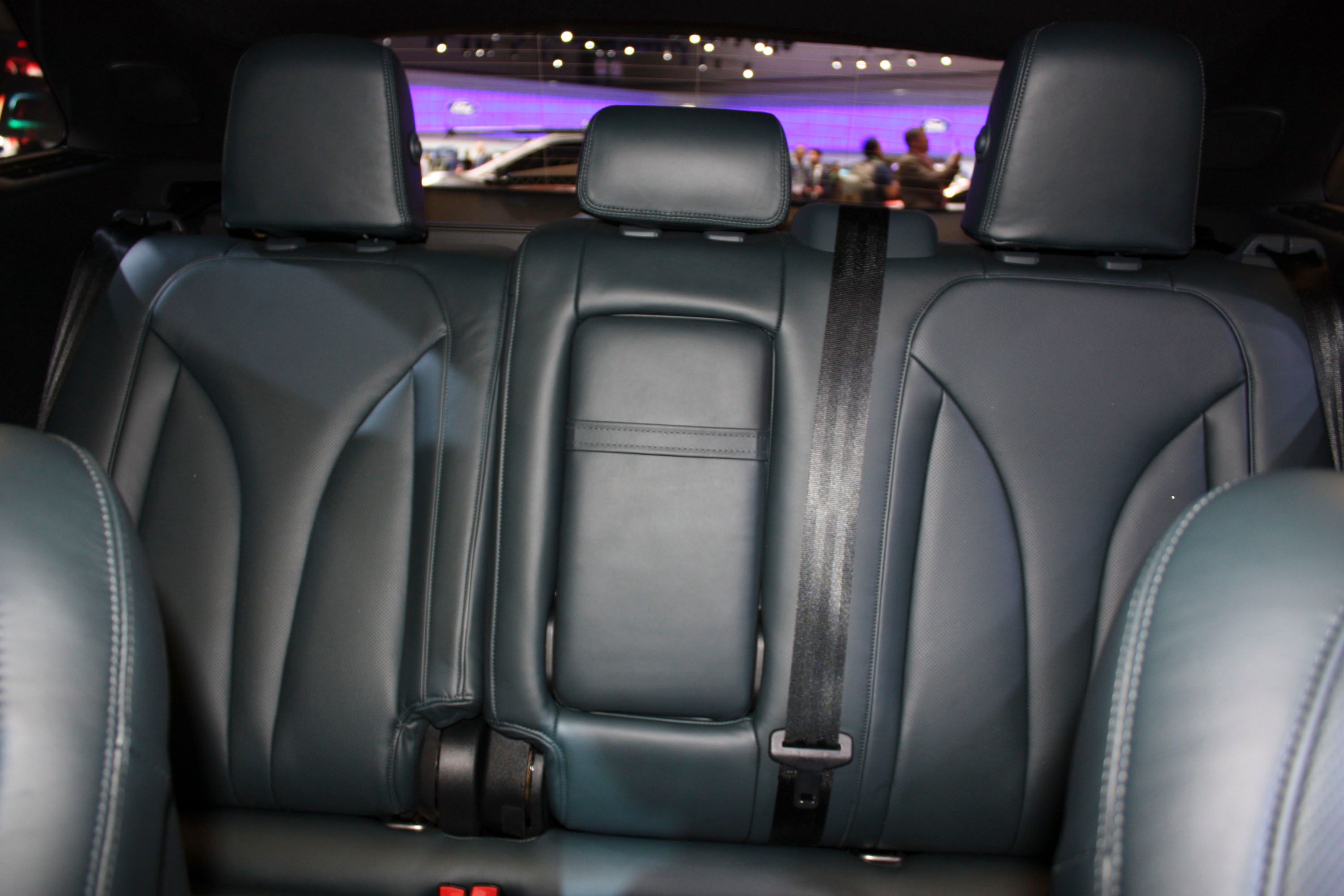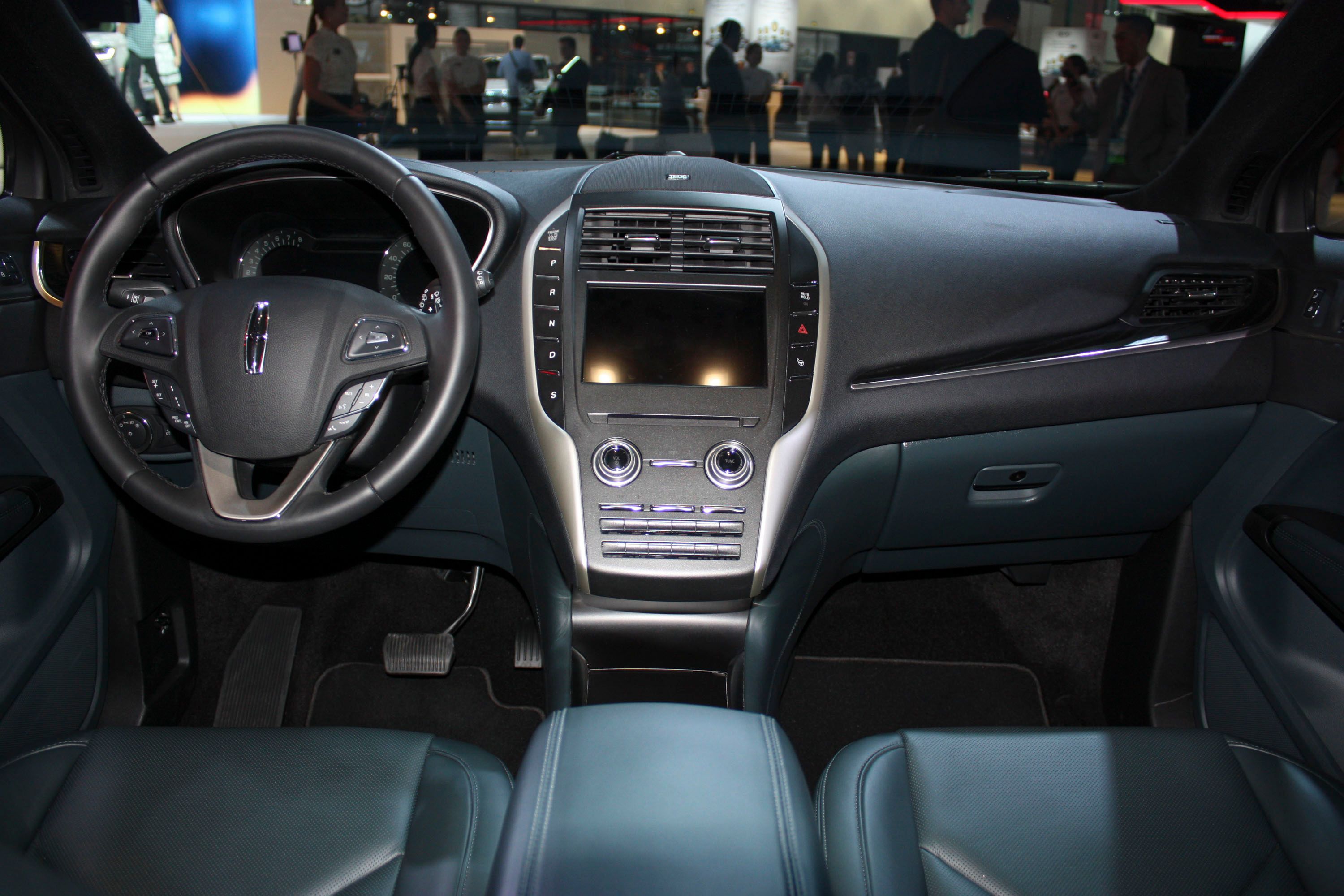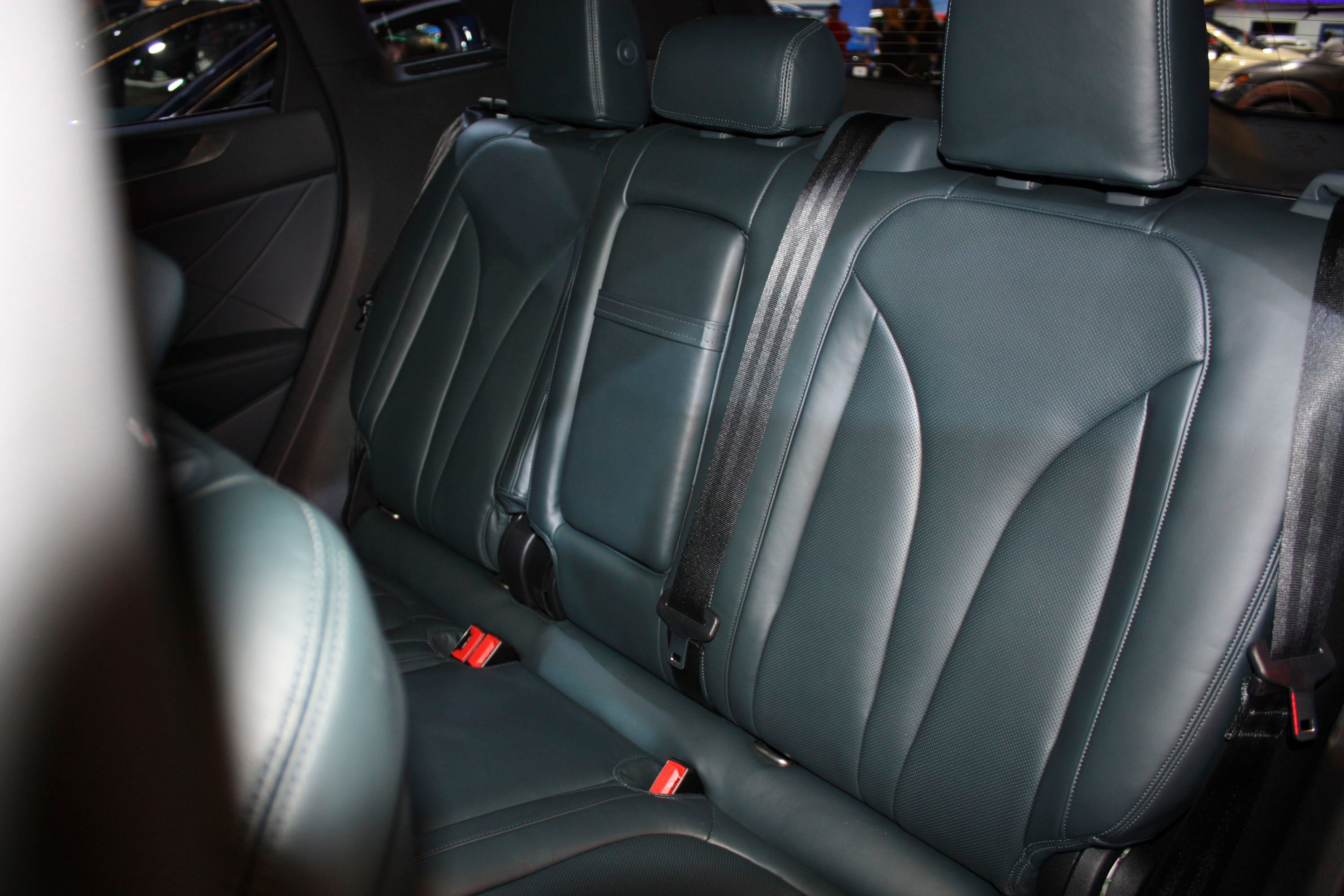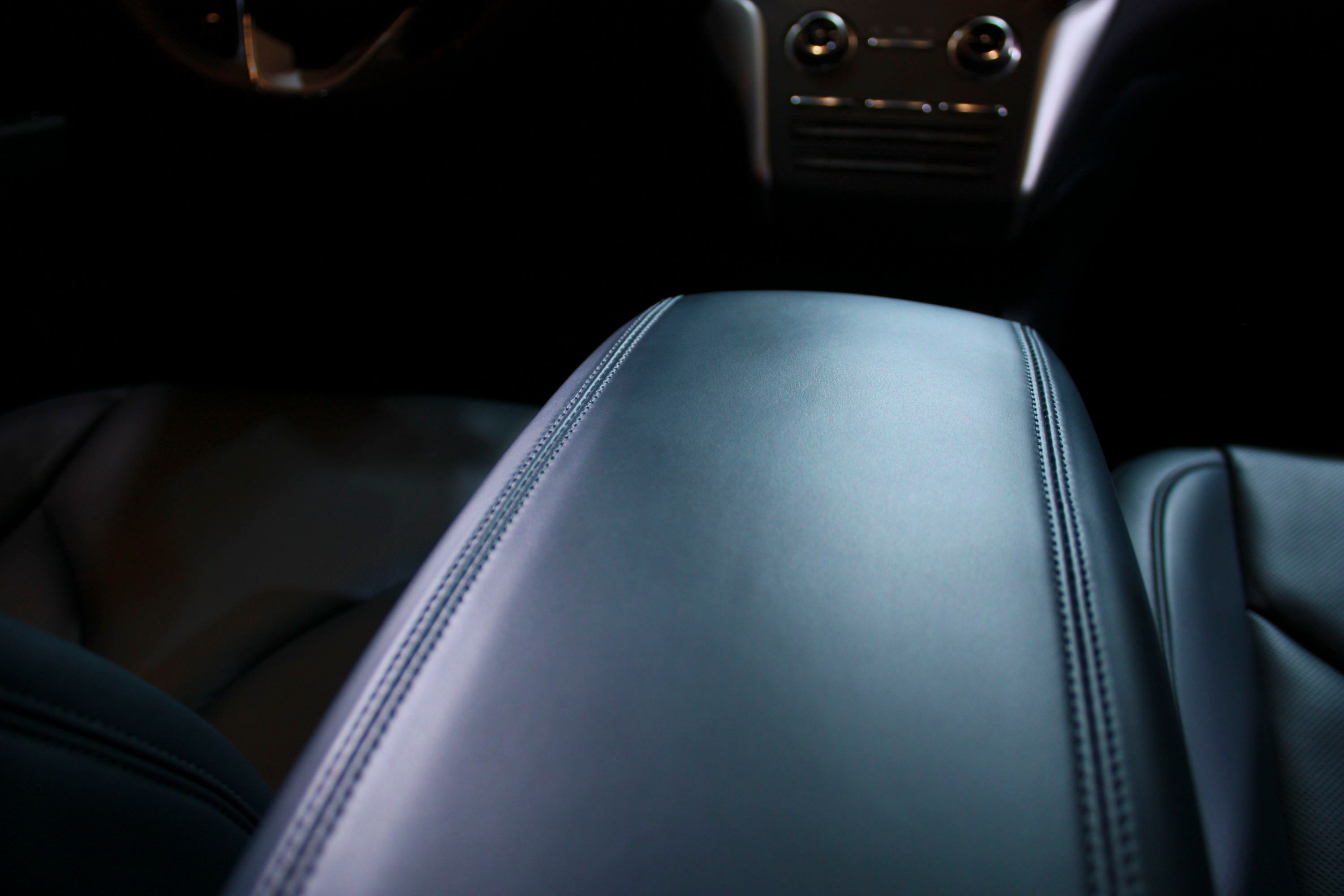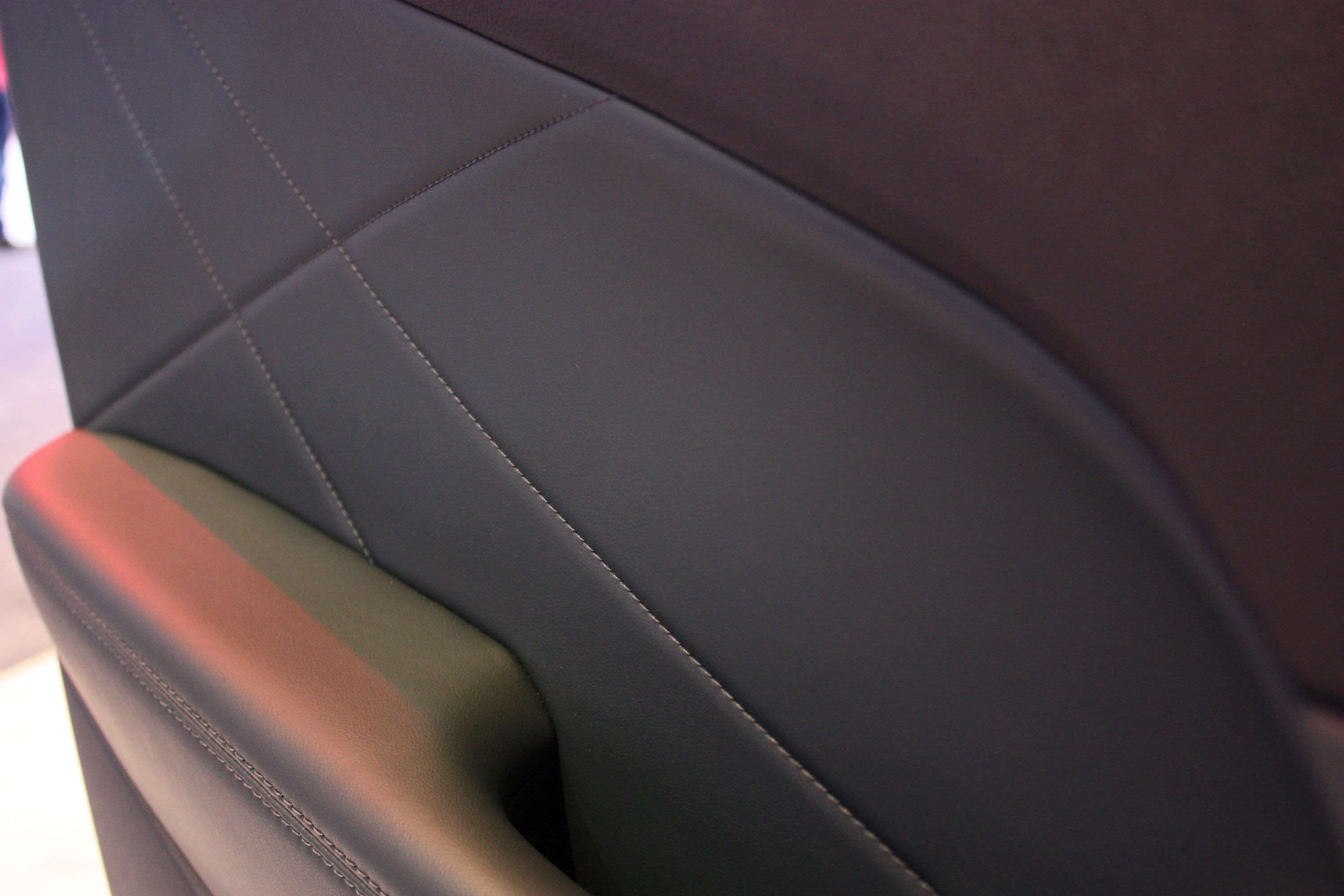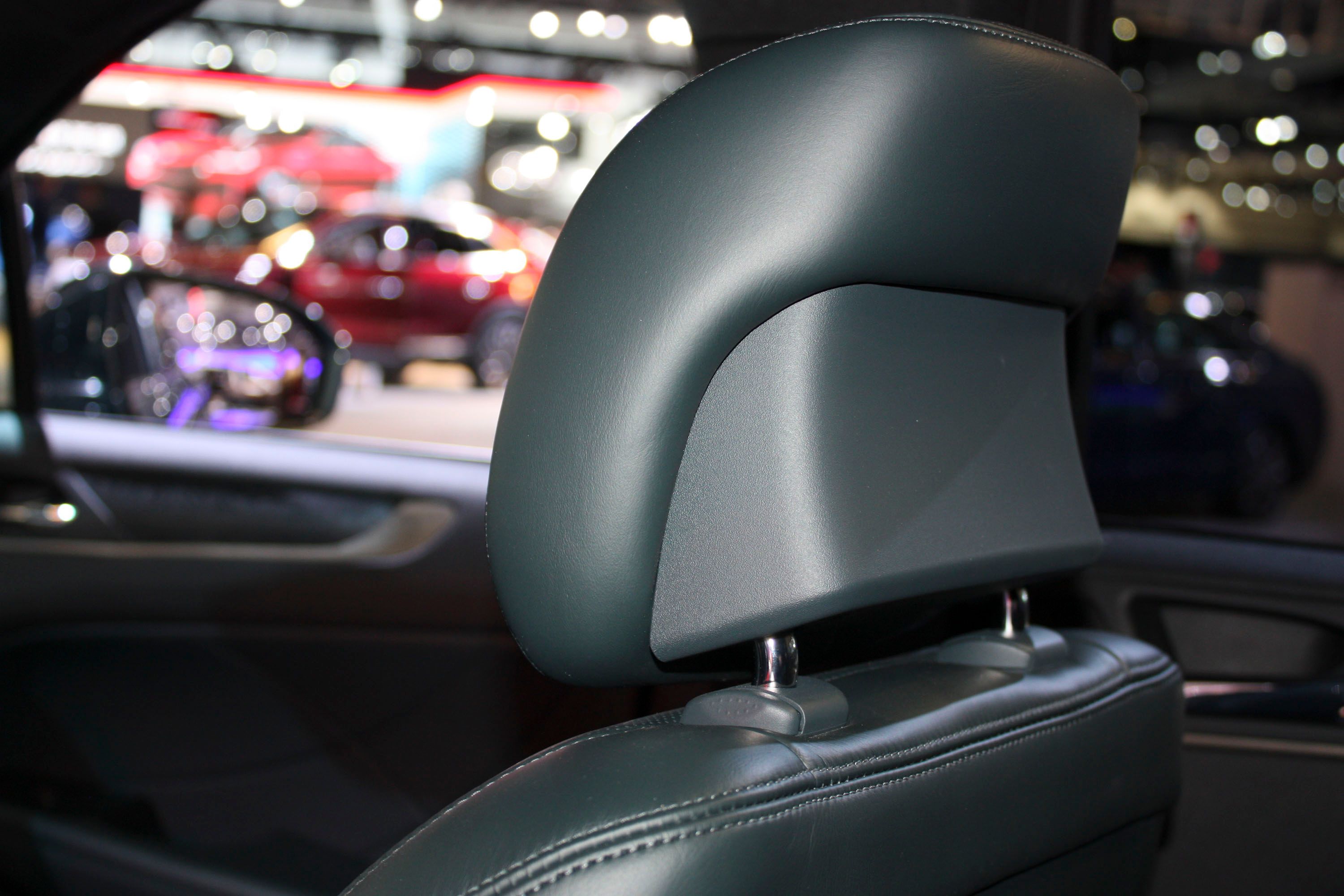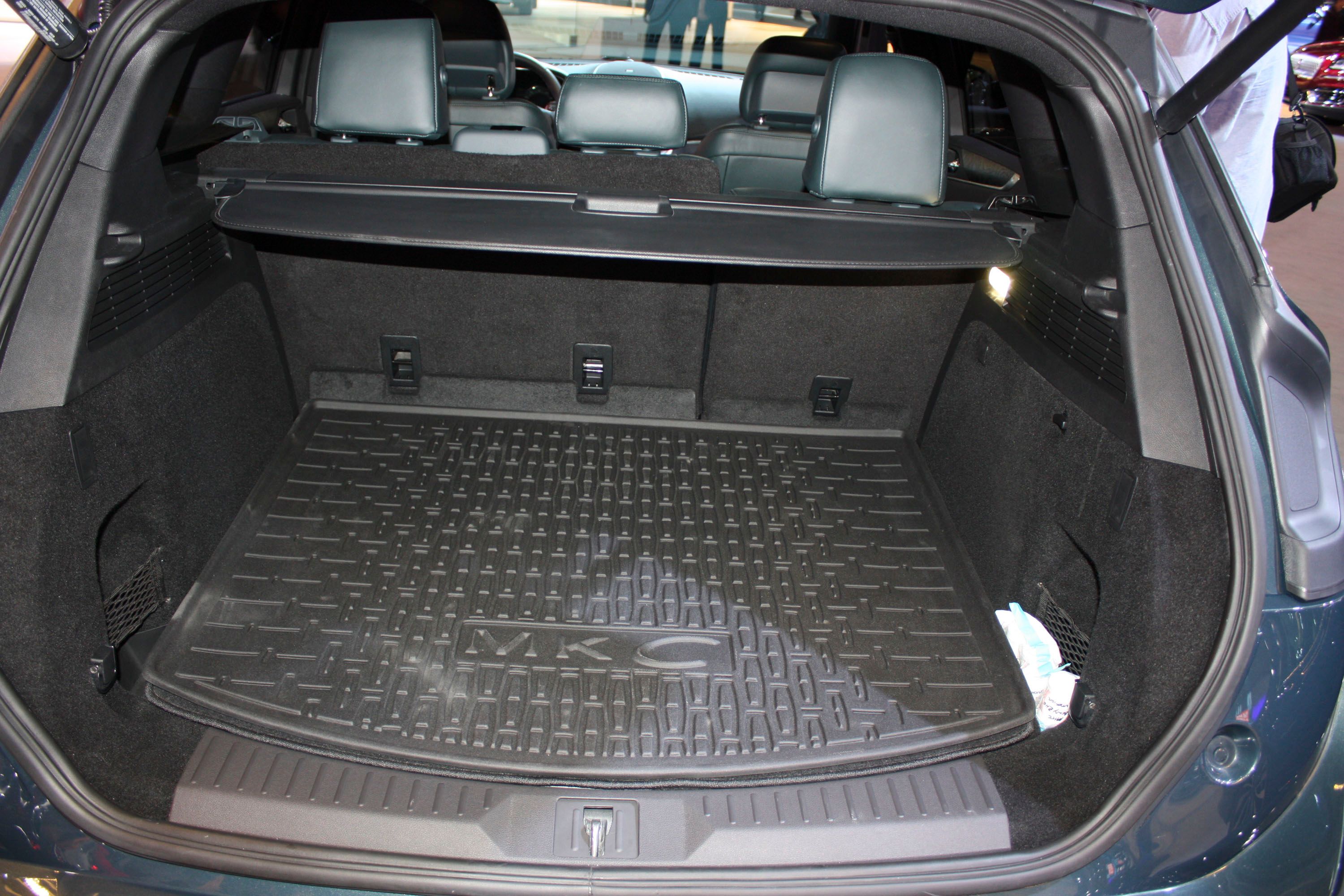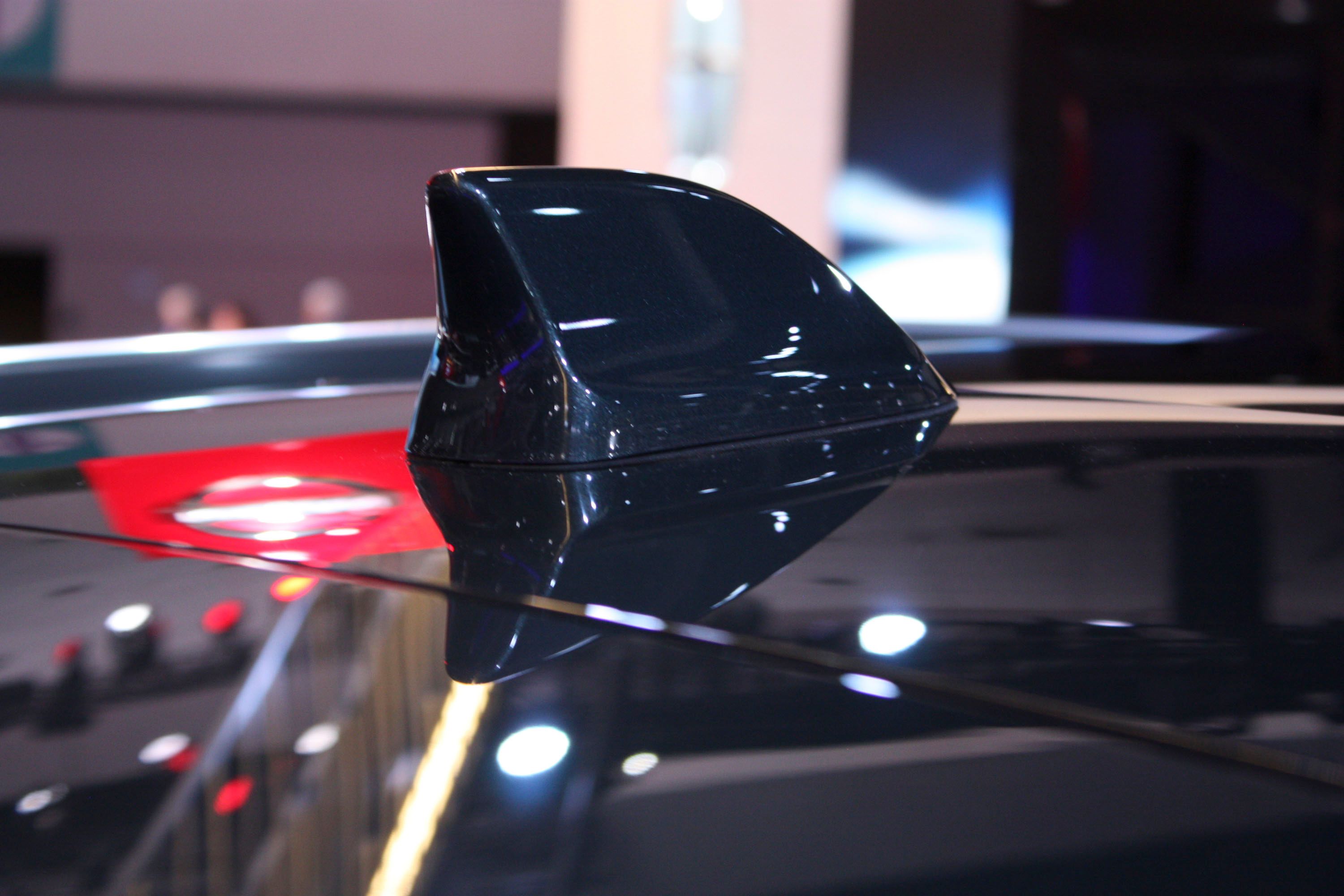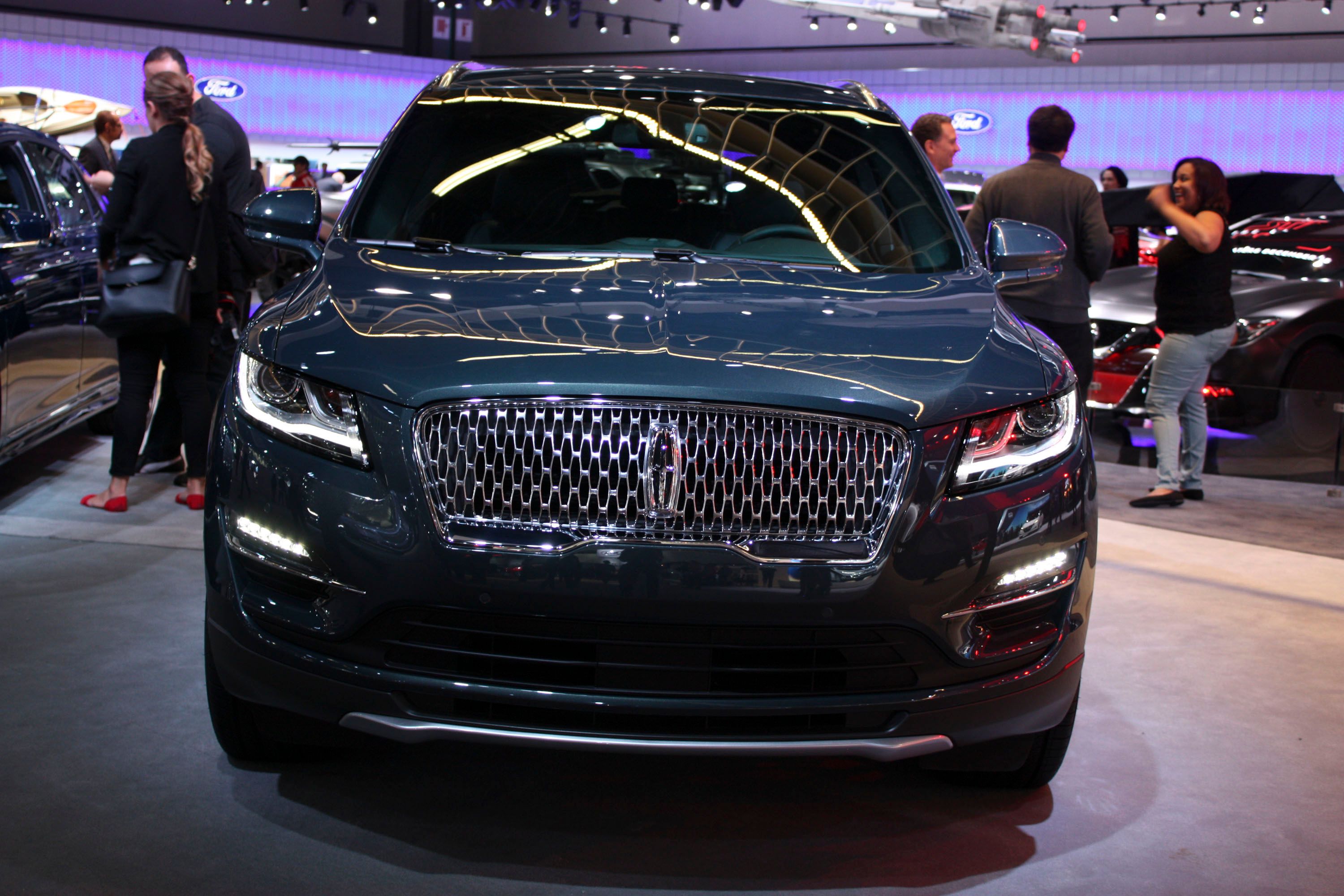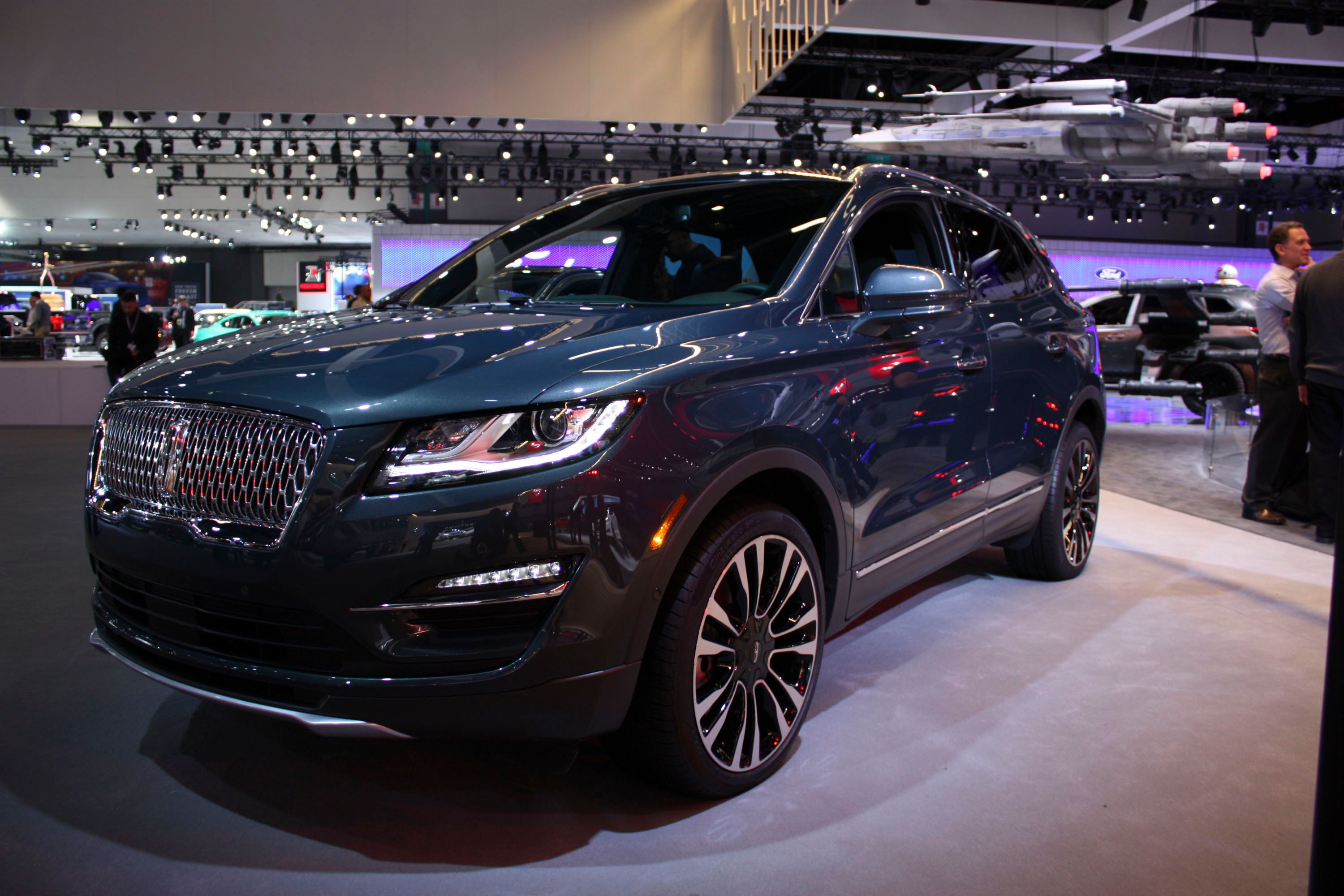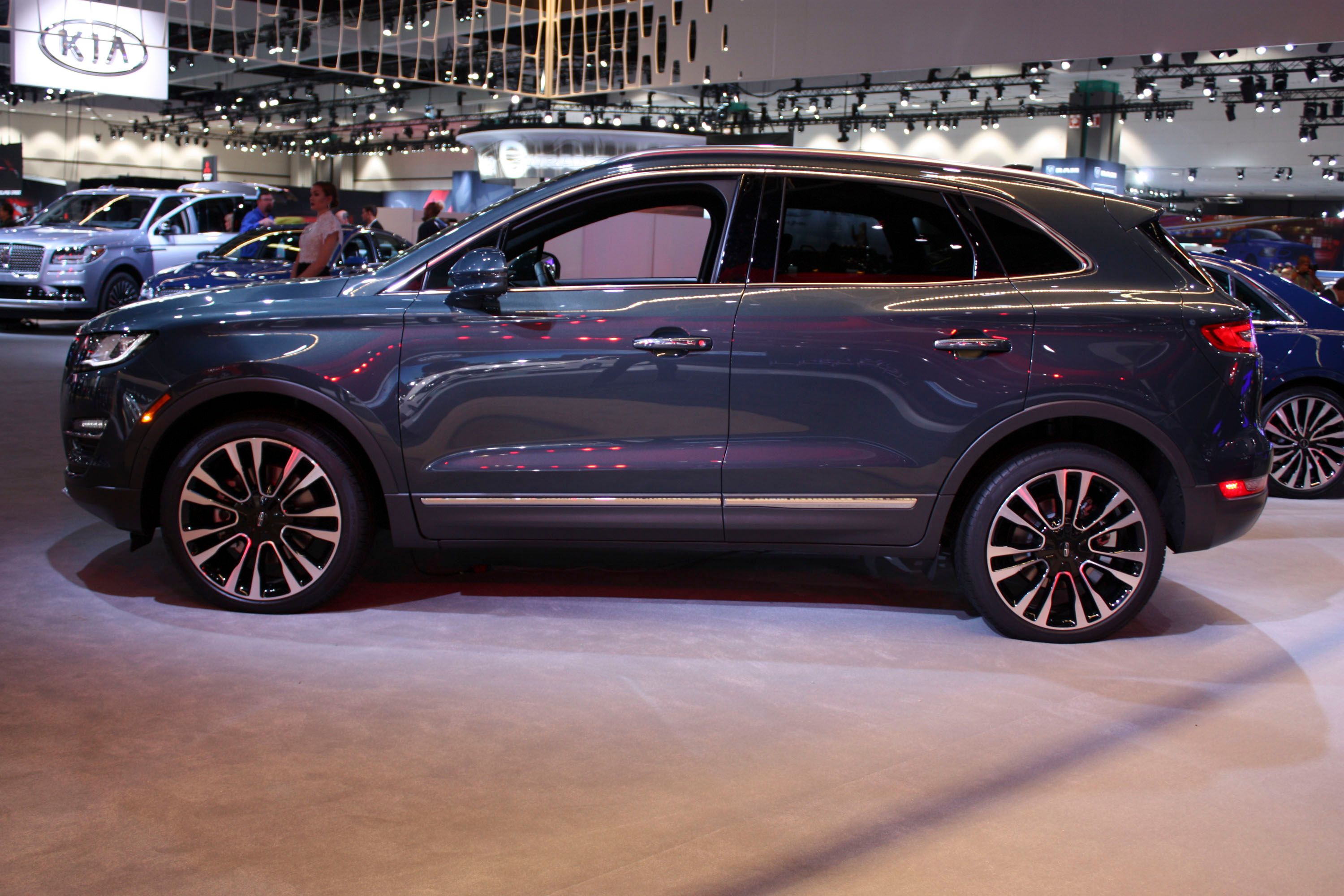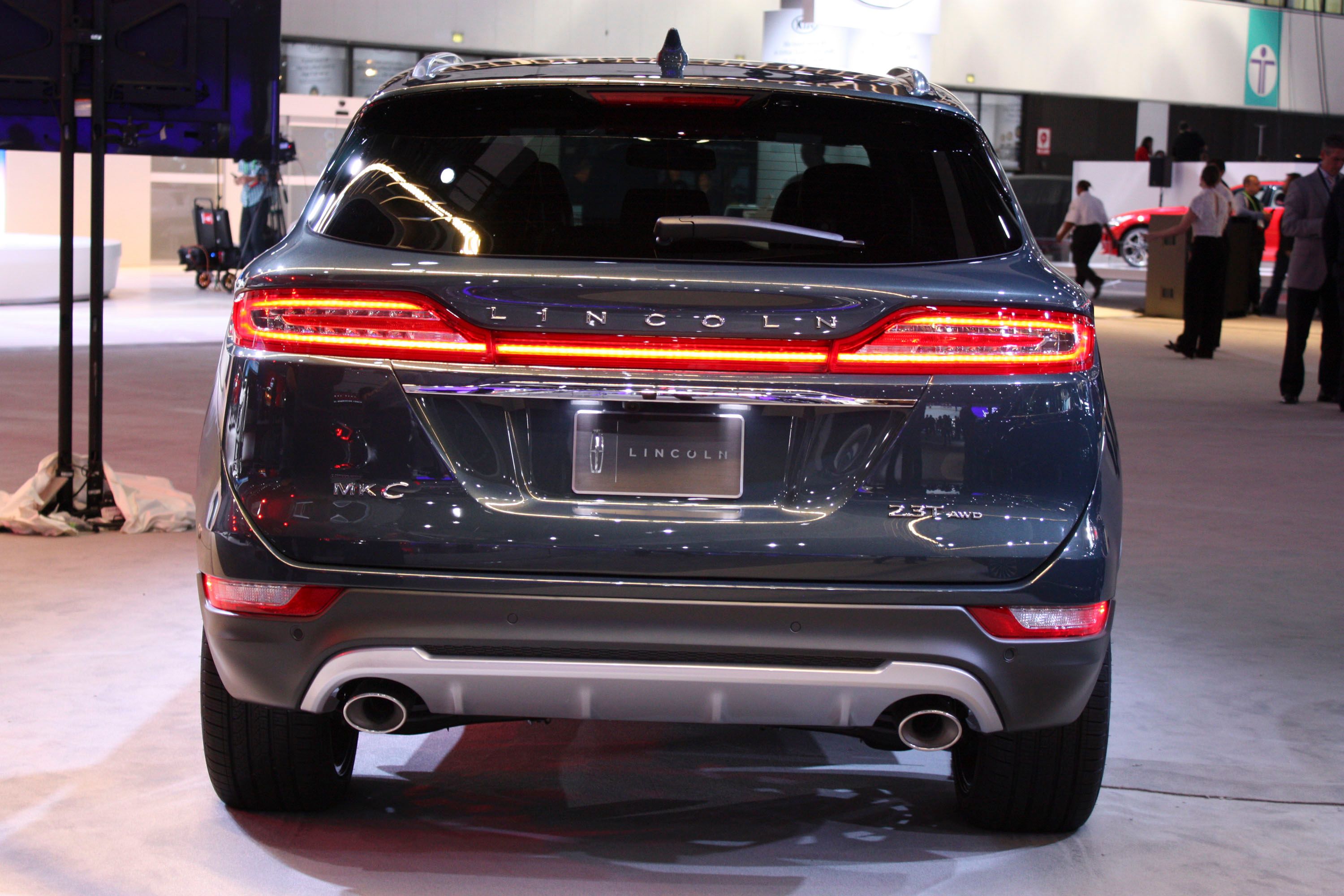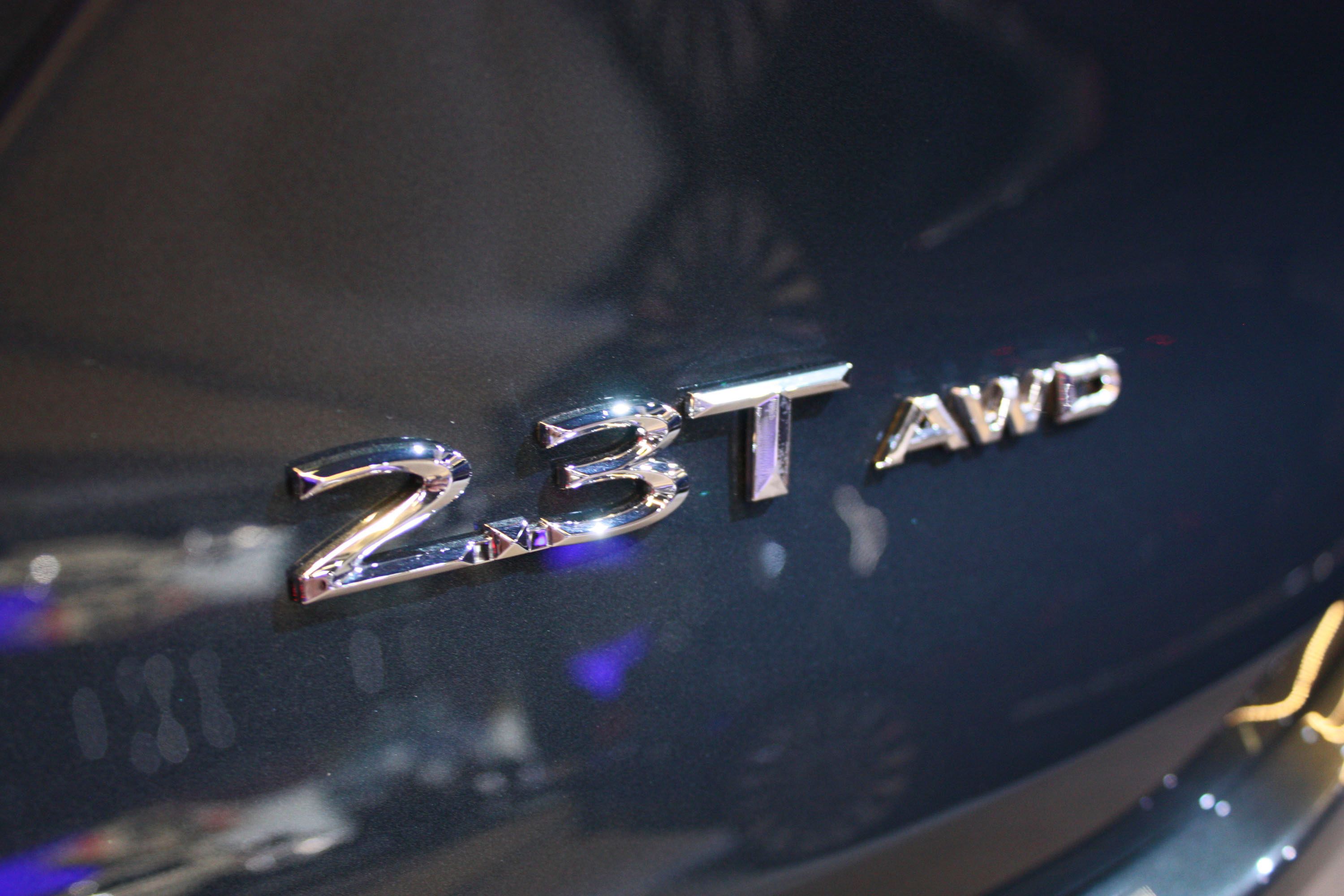Introduced in 2014, the MKC is Lincoln's smallest crossover yet. Built on the Ford Global C platform, it's related to the Ford Escape and Kuga, and its purpose is to bring Lincoln a share of the booming SUV market. And with sales of over 20,000 units per year since 2015, it's safe to say that the MKC was a successful nameplate until now. Much more so now, since it has introduced more people to the brand, with nearly half of all MKC customers coming from other carmakers. After three years on the market, the MKC is getting its mid-cycle facelift for the 2019 model year.
Although far from comprehensive, the update did introduce the small crossover to Lincoln's new corporate front grille. First seen on the Continental and then added to the massive Navigator, the new one-piece grille is adds a more imposing look to the small SUV, as well as a more upscale look due to all the chrome. However, changes are far from significant beyond this design element, with mostly everything being carried over, save for new interior trim for the Black Label versions and a few extra driving aids. Will this mild upgrade be enough to keep sales high? Let's find out.
Continue reading to learn more about the Lincoln MKC.
2019 Lincoln MKC
- Make: Array
- Model: 2019 Lincoln MKC
- Engine/Motor: inline-4
- Horsepower: 245 @ 5500
- Torque: 270 @ 3000
- [do not use] Vehicle Model: Array
Official video
Exterior
While facelifts are rarely something to write home about design-wise, Lincoln did put some effort into refreshing the MKC. But only up front. Sure, the front fascia carries the same headlamps and an almost identical bumper design, but the new grille changes how the crossover looks almost entirely. Just like MKZ, Continental, and Navigator, the MKC ditched the two-piece grille with horizontal slats for the one piece with a honeycomb-like pattern.
The new grille isn't as wide as the old one, thus it no longer makes contact with the headlamps, and feature significantly more chrome. This gives the car a more commanding, premium appearance. Bumper changes are limited to reconfigured intakes, which sport a different slat layout, but this isn't very noticeable unless you look really close.
The profile of the MKC remained unchanged, as did the rear section except for the chrome trim above the license plate recess. It's a bit disappointing to get just a slim piece of chrome in contrast to the big grille up front, but it does add to the premium look. It's also a nice touch when combined with darker exterior colors.
As before, the LED lighting in the lower front body and taillights subtly illuminates to greet owners as they approach, while a Lincoln welcome mat appears beneath both front doors.
Interior
The interior carries over unchanged in terms of styling and materials, but this isn't an issue as the MKC has a warm and inviting cabin packed with plush and soft-touch materials. The craftsmanship is pretty solid and even though the center stack isn't the most attractive in this segment (and could use a larger display), it's ergonomic and not too cluttered.
As usual, the navigation and standard WiFi and USB ports allow every passenger to follow the route and stay connected, while the SYNC 3 system with both Apple CarPlay and Android Auto will keep you entertained during those long, sometimes boring trips. The heated and cooled seats remain optional for the entry-level model, which isn't bad given that most automakers do the same, but it would have given the MKC an advantage over the competition. Unfortunately, Lincoln opted to not include additional standard features. Speaking of options, the available panoramic roof will flood the cabin with natural light during the day.
Lincoln continues to offer the Black Label trim, which adds a bit of extra luxury inside the cabin. Three themes are available, taking inspiration from arts, travel, fine food, and culture.
First up is Modern Heritage, described as perfect for those who appreciate "a clean, modern aesthetic." This option comes with seats in Vianca White Venetian leather with the Lincoln Black Label star insignia and Argento wood accents. Next up is Indulgence, which blends Venetian leather and Alcantara in Truffle and Ganache, as well as rich Ziricote wood. The latter is usually found in yachts or musical instruments. The third Black Label trim is called Center Stage, and it's inspired by "the fashion of the theater," capturing the "excitement of a curtain skirting across the main stage on opening night." This one also comes with leather and Alcantara, but the latter has diamond-L perforation and stitched Foxfire Red piping. There's also Black Venetian leather with red stitching and exotic wood accents on the dashboard and door panels.
In addition, Lincoln now offers a rich Rialto Green upholstery with black ash wood on the Reserve models. This new deep green is inspired by the "vibrant tones emanating from the world of high fashion." Fancy enough.
Lincoln also added Pre-Collision Assist with Pedestrian Detection to the list of already available driver-assist technologies. Designed to reduce the severity of frontal collisions, this system uses advanced radar and camera sensors to provide a collision warning to the driver. If the driver does not respond in time, the system can automatically apply the brakes and minimize or even avoid a crash. Other available features include Active Park Assist, Lane-Keeping Alert, and Blind Spot Information System with Cross-Traffic Alert.
Drivetrain
The MKC remains unchanged under the hood with the facelift, so the base model comes with the same 2.0-liter EcoBoost four-cylinder engine rated at 245 horsepower at 5,500 rpm and 270 pound-feet of torque at 3,000 rpm. The EPA estimates fuel mileage at 20 mpg in the city, 29 mpg on the highway, and 23 mpg combined, which isn't bad for a crossover.
Higher trim levels are motivated by the 2.3-liter EcoBoost four-cylinder, which cranks out a more exciting 285 horsepower at 5,500 rpm and 305 pound-feet of torque at 2,750 rpm. Estimated fuel economy for this model comes in at 18 mpg in the city, 26 mpg on the highway, and 21 mpg combined.
Both units are paired to the six-speed SelectShift automatic transmission operated by paddle shifters placed behind the steering wheel. The standard configuration is front-wheel-drive, but AWD is available on the options list. Higher trim levels, including all models equipped with the 2.3-liter engine, have AWD as standard. The MKC also features an auto start/stop feature, first introduced for the 2017 model year.
Prices
Pricing information for the facelifted model isn't yet available as of November 2017, but don't expect it to change much compared to the outgoing model. The 2018 MKC in base Premier trim retails from $33,355, while select starts from $36,110. Go with the Reserve trim and the sticker jumps to $39,985. Finally, the Black Label version retails from 45,975. All the prices above are for the 2.0-liter model. The 2.3-liter EcoBoost adds $3,500 and $6,300, depending on trim.
Competition
By tradition, Lincoln is considered Ford's competitor for Cadillac. Of course, many argue that Lincoln products are below what Caddy's has to offer nowadays, but the GM's luxury brand remains a target for Lincoln. By while the Navigator is a head-on competitor for the Escalade, the MKC is significantly smaller than Cadillac's smallest crossover, the XT5. As a result, the MKC is usually pitted against similar vehicles from German premium automakers.
BMW X1
Redesigned for the 2016 model year, the X1, BMW smallest offering, made the switch to front-wheel-drive by adopting the same platform as the Mini Cooper. Design-wise, the X1 is pretty different. While the MKC can be described as one of the most elegant small crossovers on the market, the X1 is more about sportiness, featuring an aggressive styling language that draws cues from the company's sporty sedans and coupes. Inside the cabin, the X1 carries over with some of the previous generation's design, but the new features make it look fresh and modern. Unlike the MKC, the X1's infotainment display is placed above the center stack. Features vary based on trim configuration. While the base models aren't exactly fancy, the more expensive versions boast leather upholstery, soft-touch surfaces, and a laundry list of standard features. Power is also provided by a four-cylinder, but the U.S. model is restricted to just one configuration. Specifically, the 2.0-liter unit cranks out 228 horsepower and 258 pound-feet of torque. This makes the X1 inferior to both version of the MKC in terms of output, but this won't change anytime soon as an M version is still a couple of years away. Pricing for the X1 starts from $33,900.
Read our full story on the 2017 BMW X1.
Audi Q3
The Audi Q3 is the oldest vehicle in this comparison, having been introduced in 2011. Although it was updated most recently for the 2017 model year, it doesn't yet feature the company's new design language, which is sportier, more angular, and fresh. But that's not to say that the current Q3 is dated. The small crossover is still pleasing to look at, and from many standpoints, it looks like a shrunken Q7. However, I can't say the same about the cabin, which could use a makeover to get rid of the old interior design. Audi's more recent layout with the continuous strip air-vent is definitely the way to go, and the next-gen model should adopt it. The specs are pretty good, and include sports seats, leather and Alcantara upholstery (optional Nappa leather), piano black and aluminum trim, and a solid technology package. Under the hood, the Q3 isn't exactly appealing when compared to the MKC or even the X1. That's because the 2.0-liter four-cylinder engine is rated at only 200 horsepower and 207 pound-feet of torque. There's more power coming from the RS Q3 model, but that's over 300 horses, and the sticker is significantly more expensive. Speaking of which, the Q3 retails from $32,900.
Read our full review of the 2018 Audi Q3.
Conclusion
Granted, there aren't many upgrades to talk about with this facelift, but to be honest, the MKC doesn't need that much to remain relevant. The design is still fresh, especially with that new grille, the interior has what it takes to compete with the German models, while both of its engines are far superior to what BMW and Audi are offering at this point. The MKC's only drawback is the Lincoln badge, which isn't as popular as it used to be. And unfortunately for Ford, that's not going to change soon. But given the circumstances, the MKC is doing pretty well, and it will continue to do so for at least a couple more years.
References
Lincoln MKC
Read our full review on the 2014 Lincoln MKC.
Read more 2017 Los Angeles Auto Show news.

